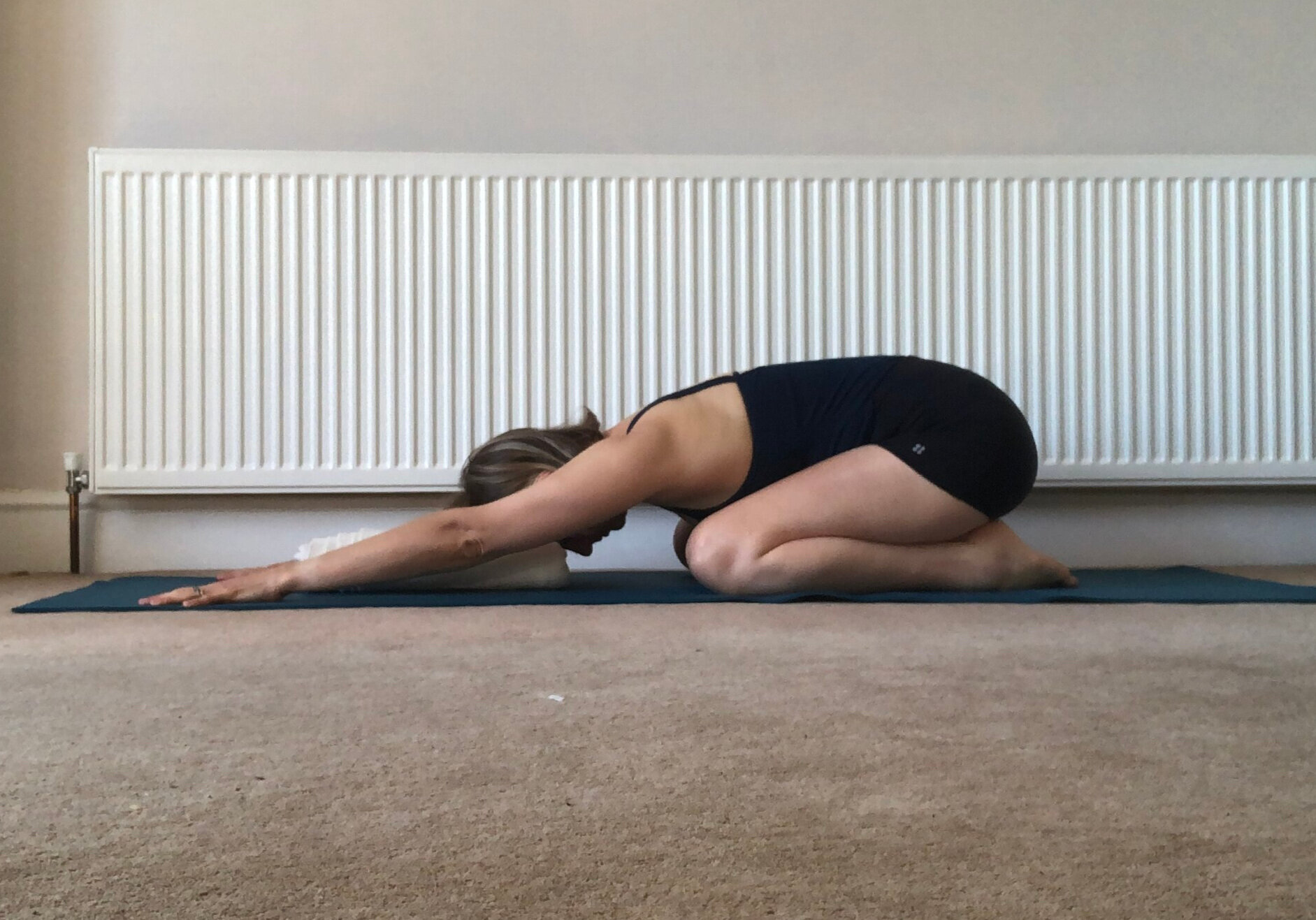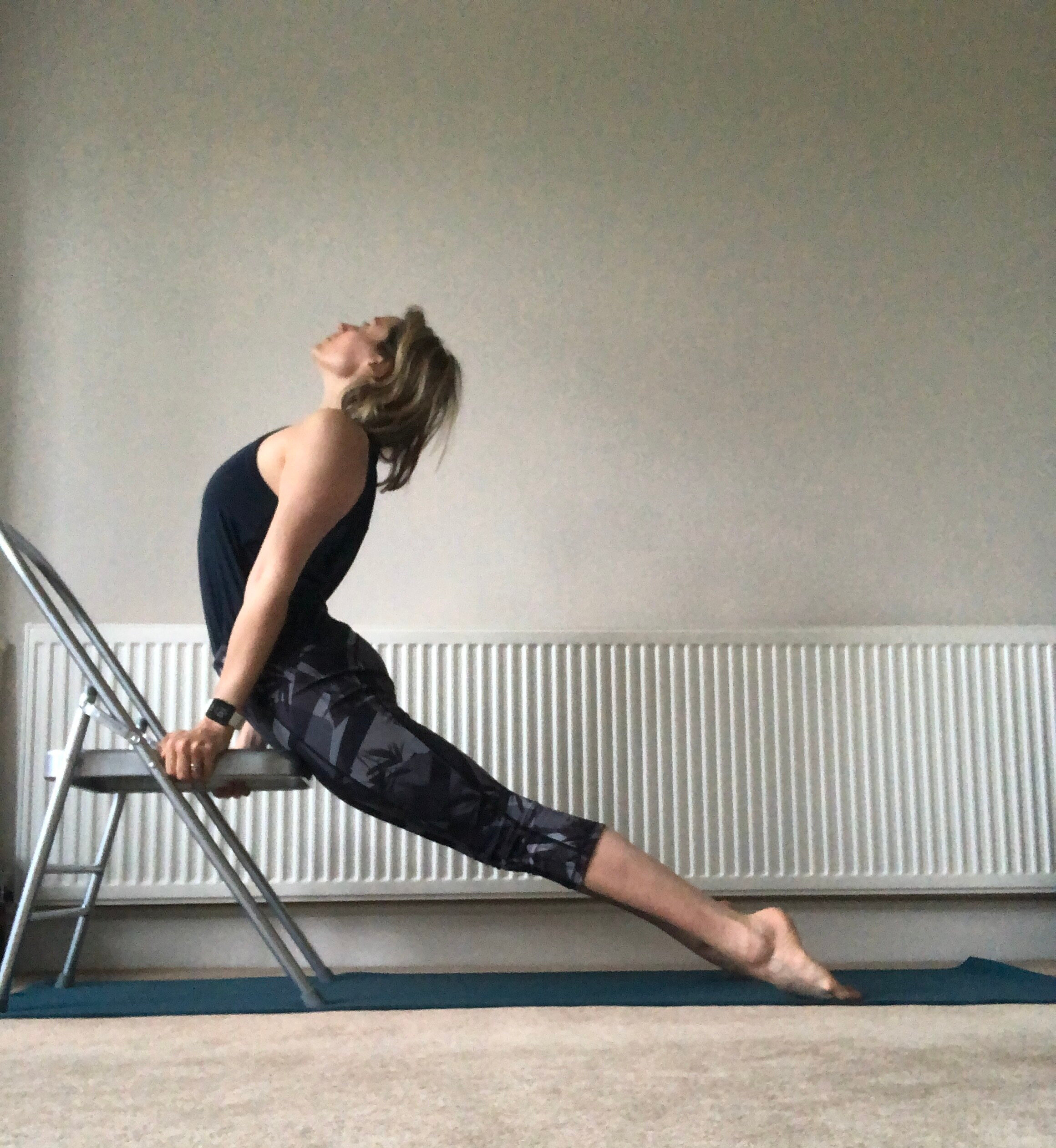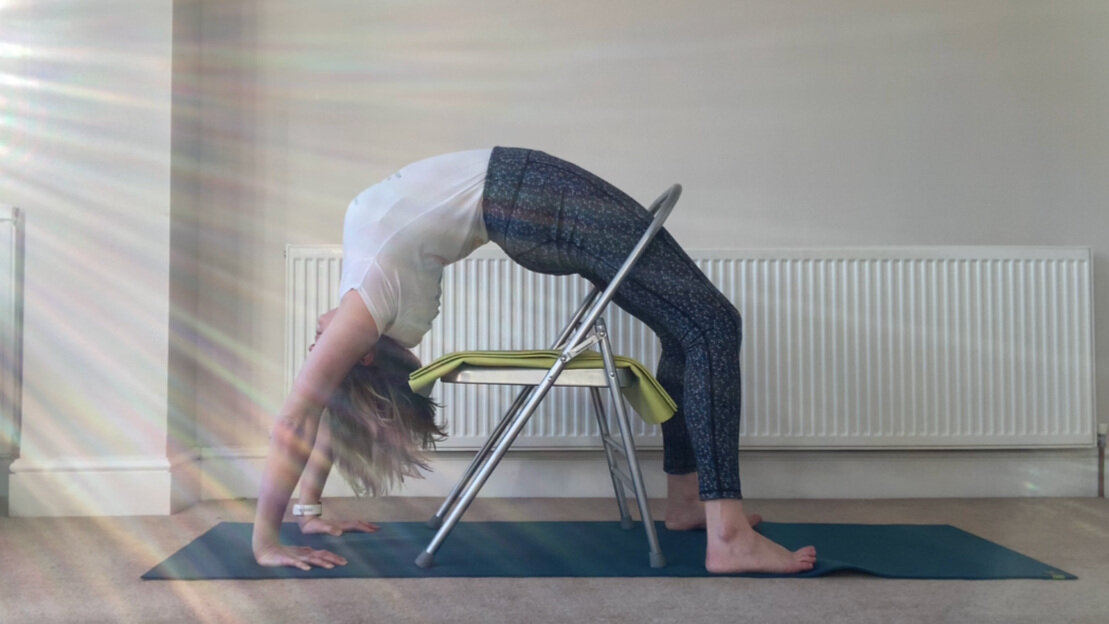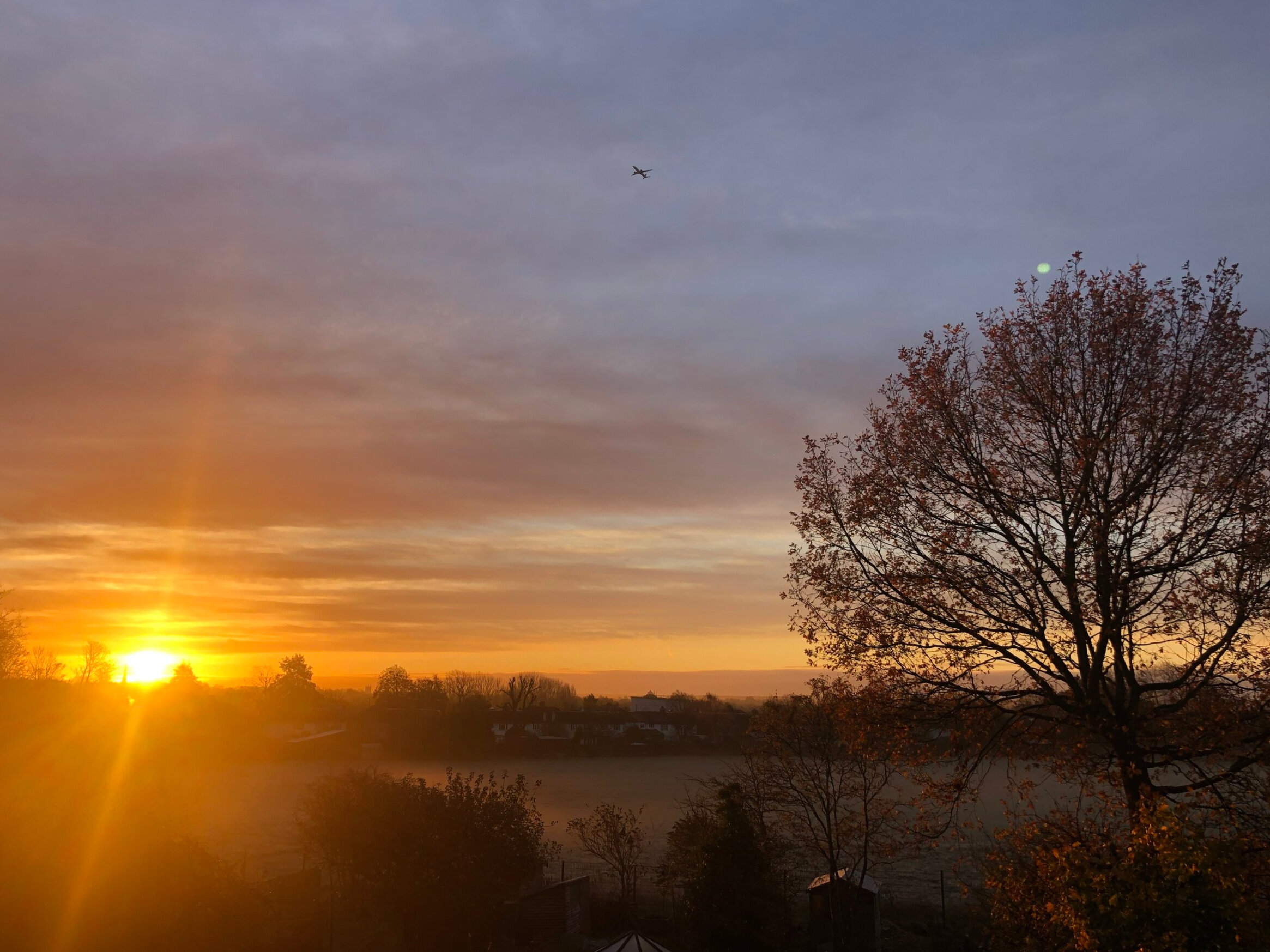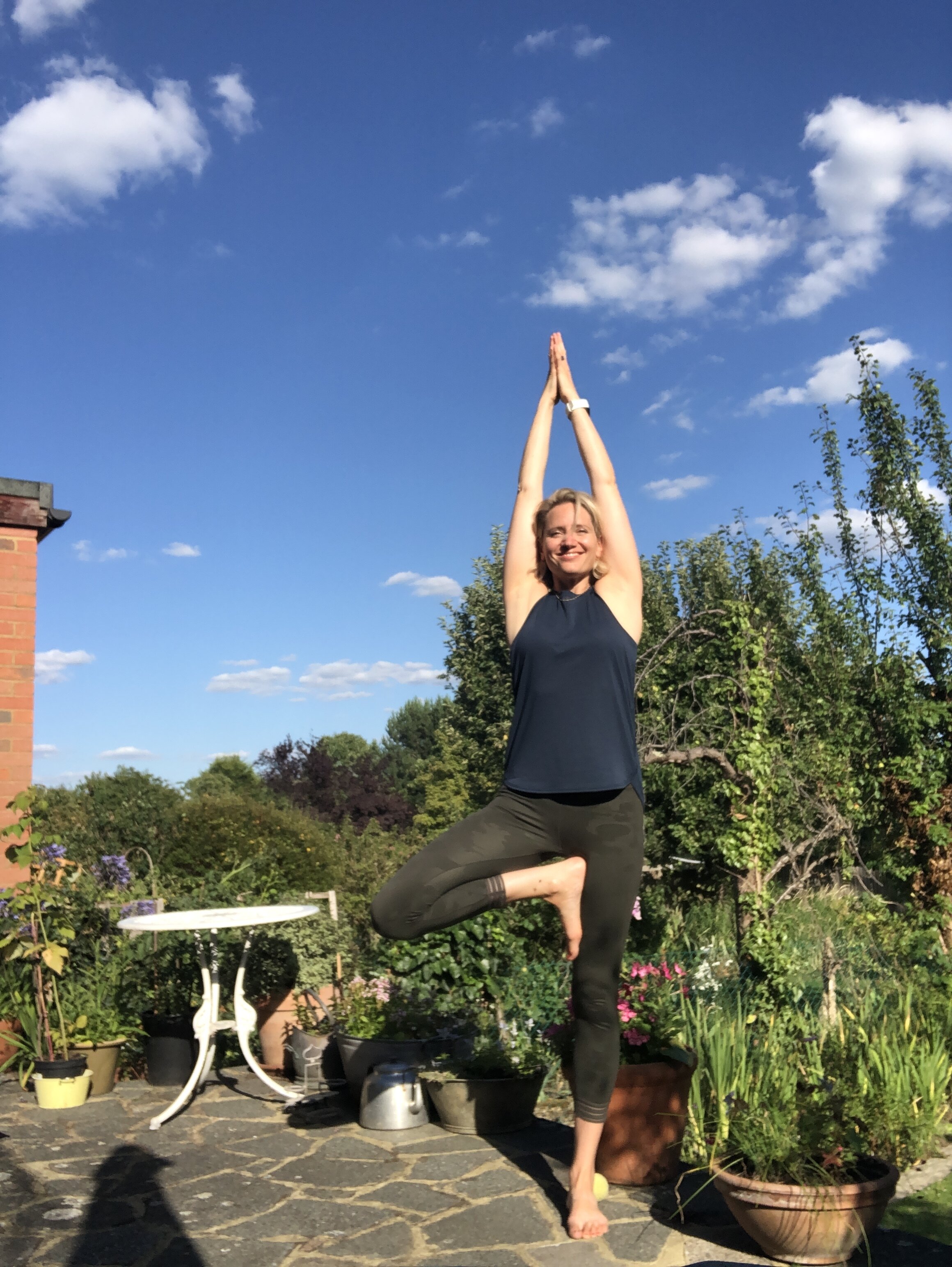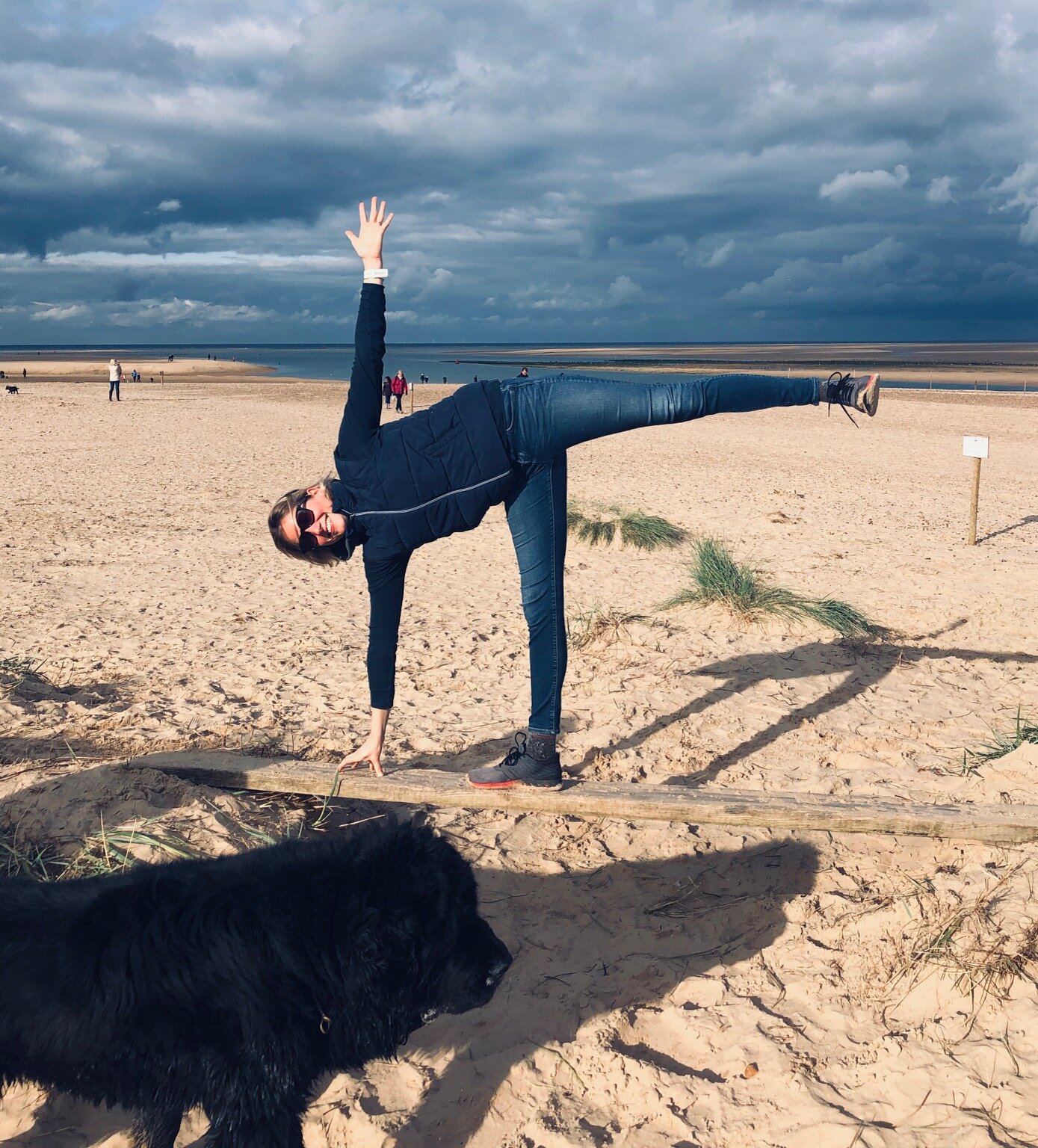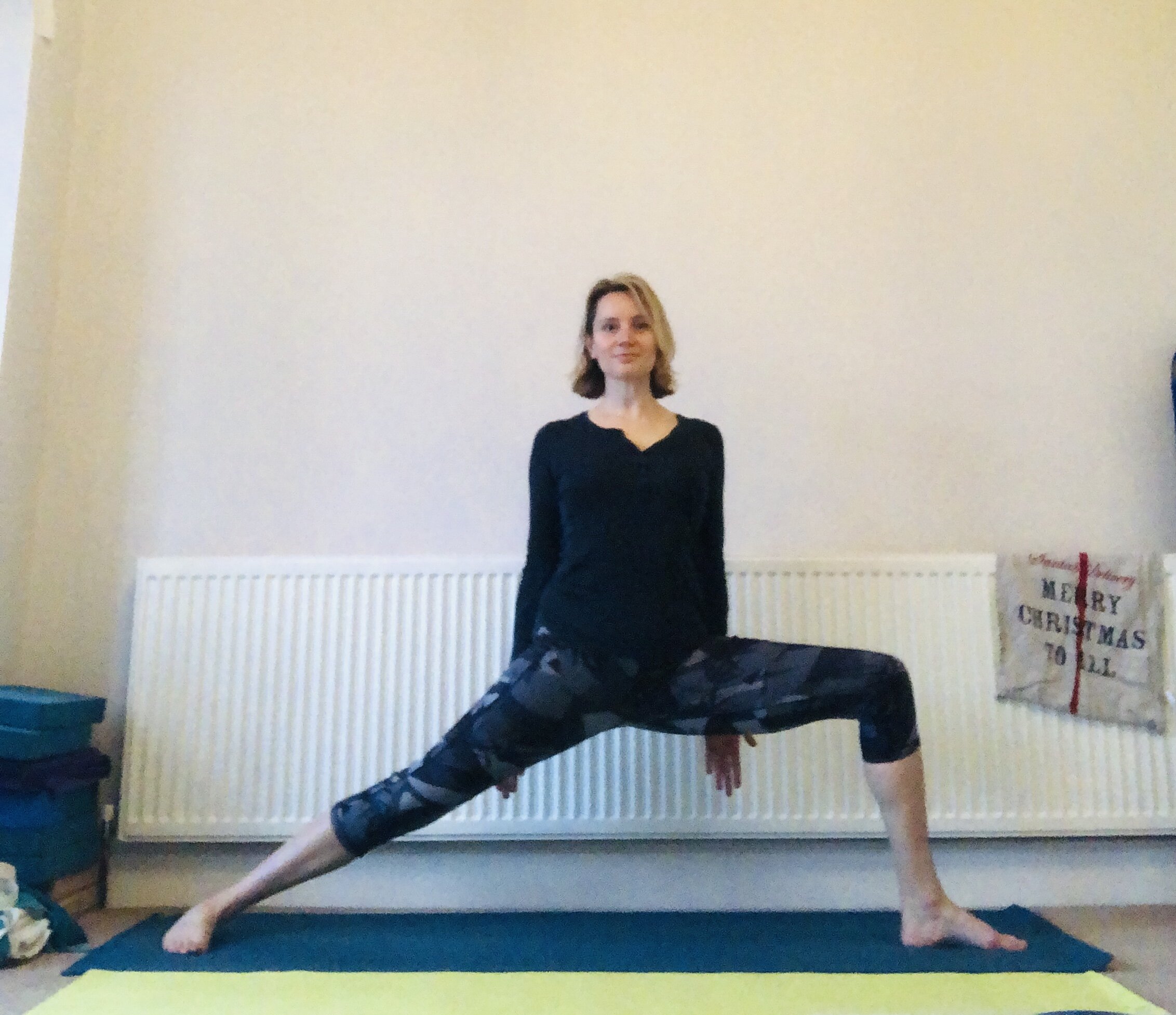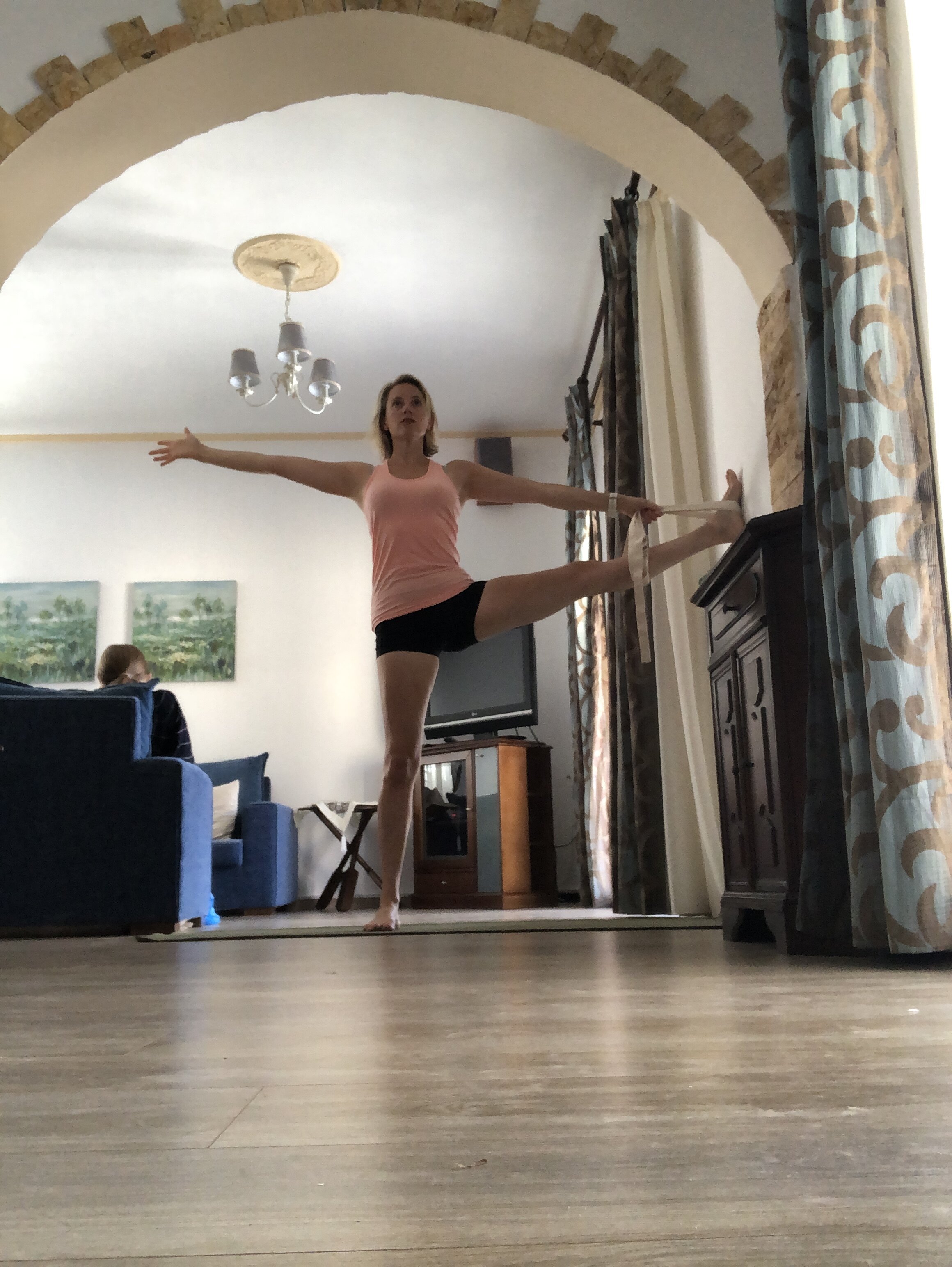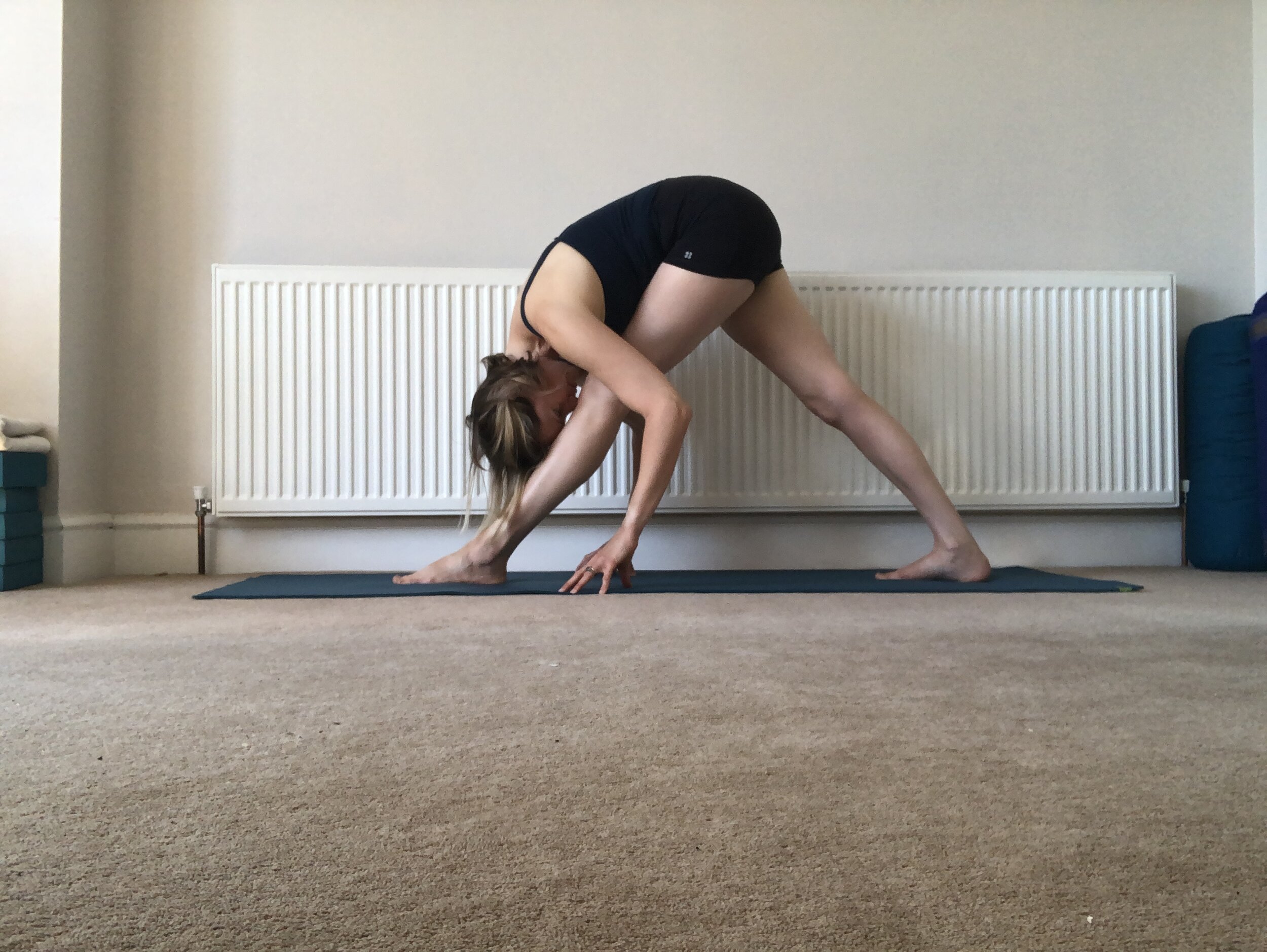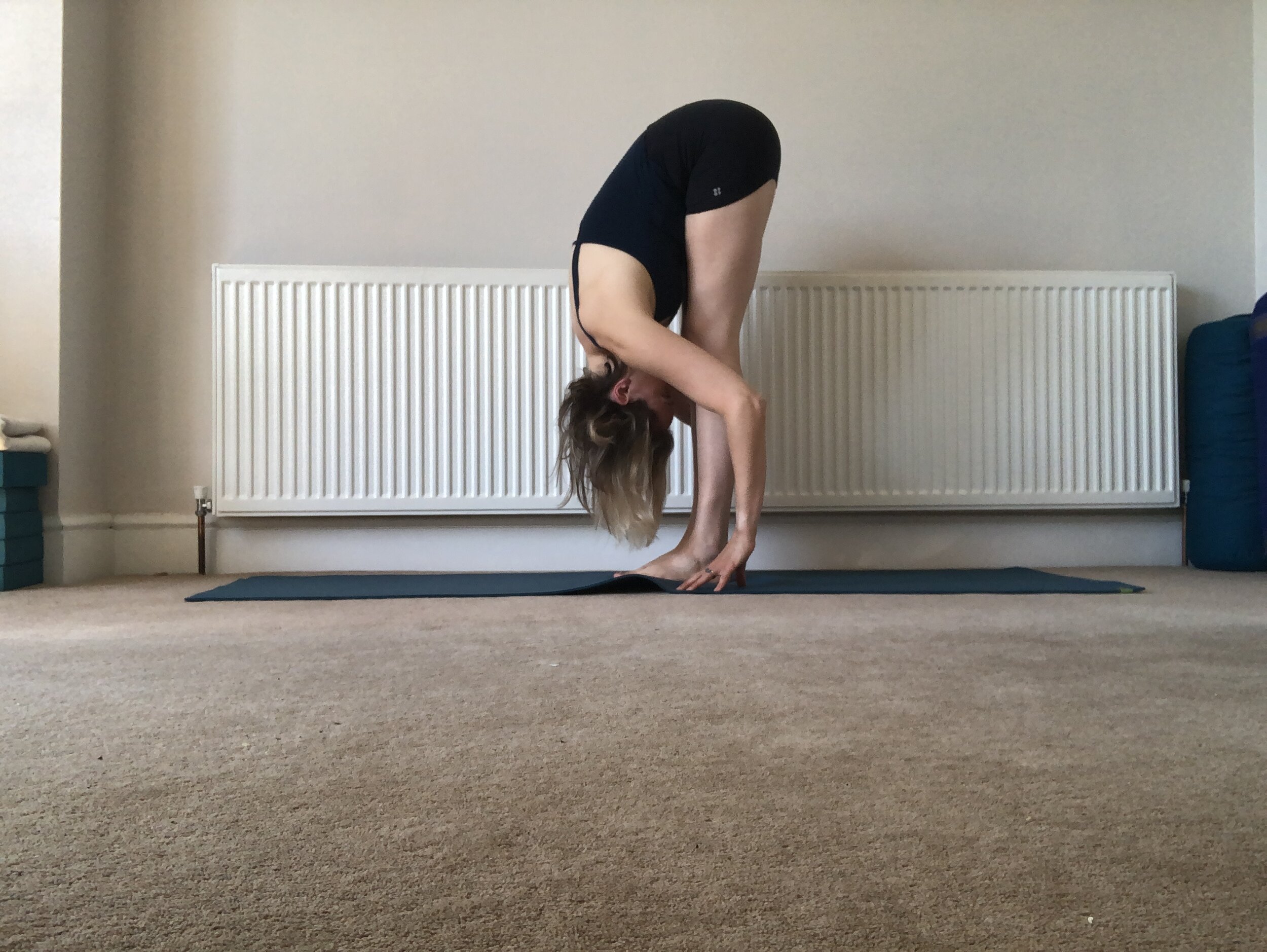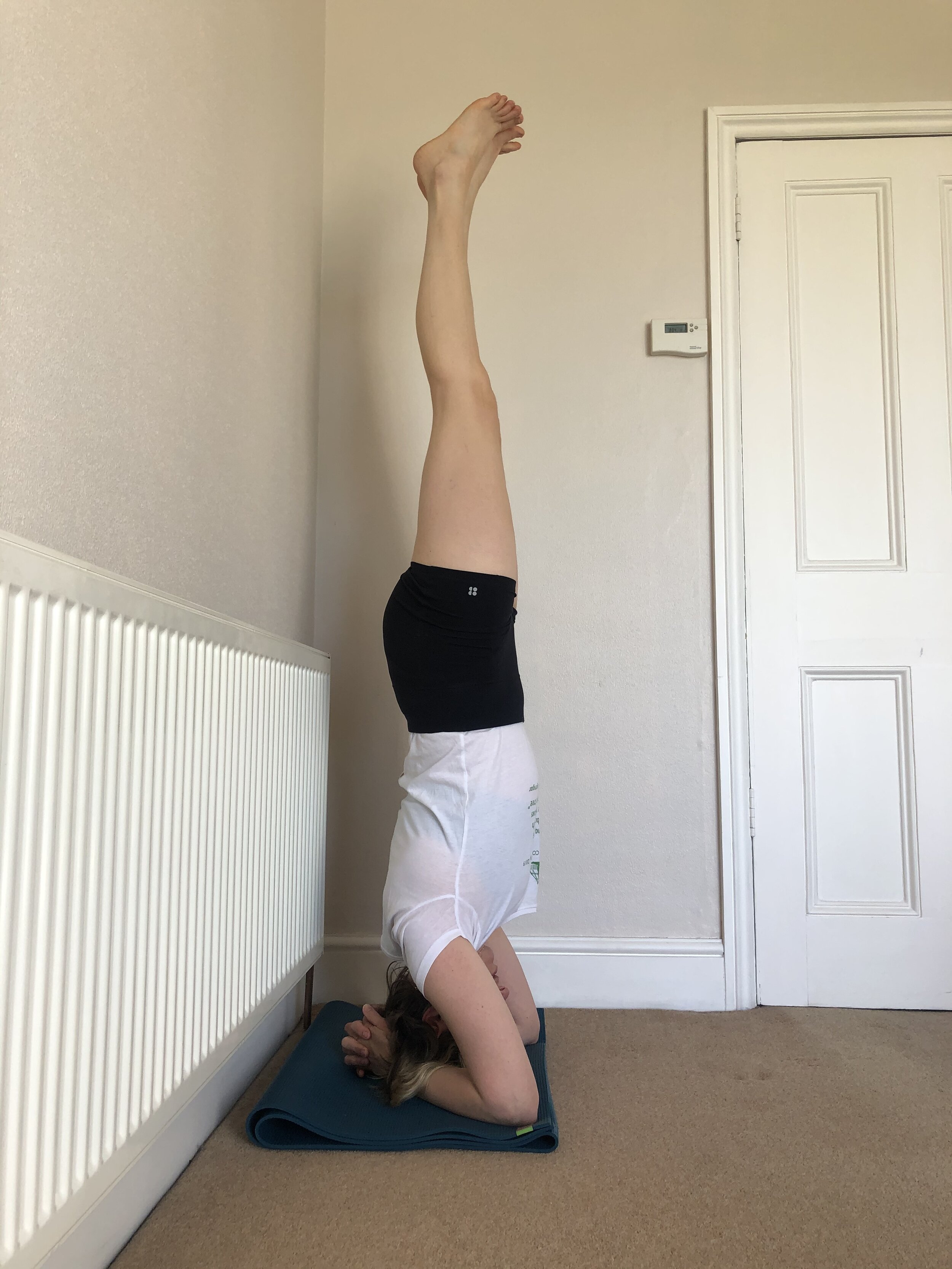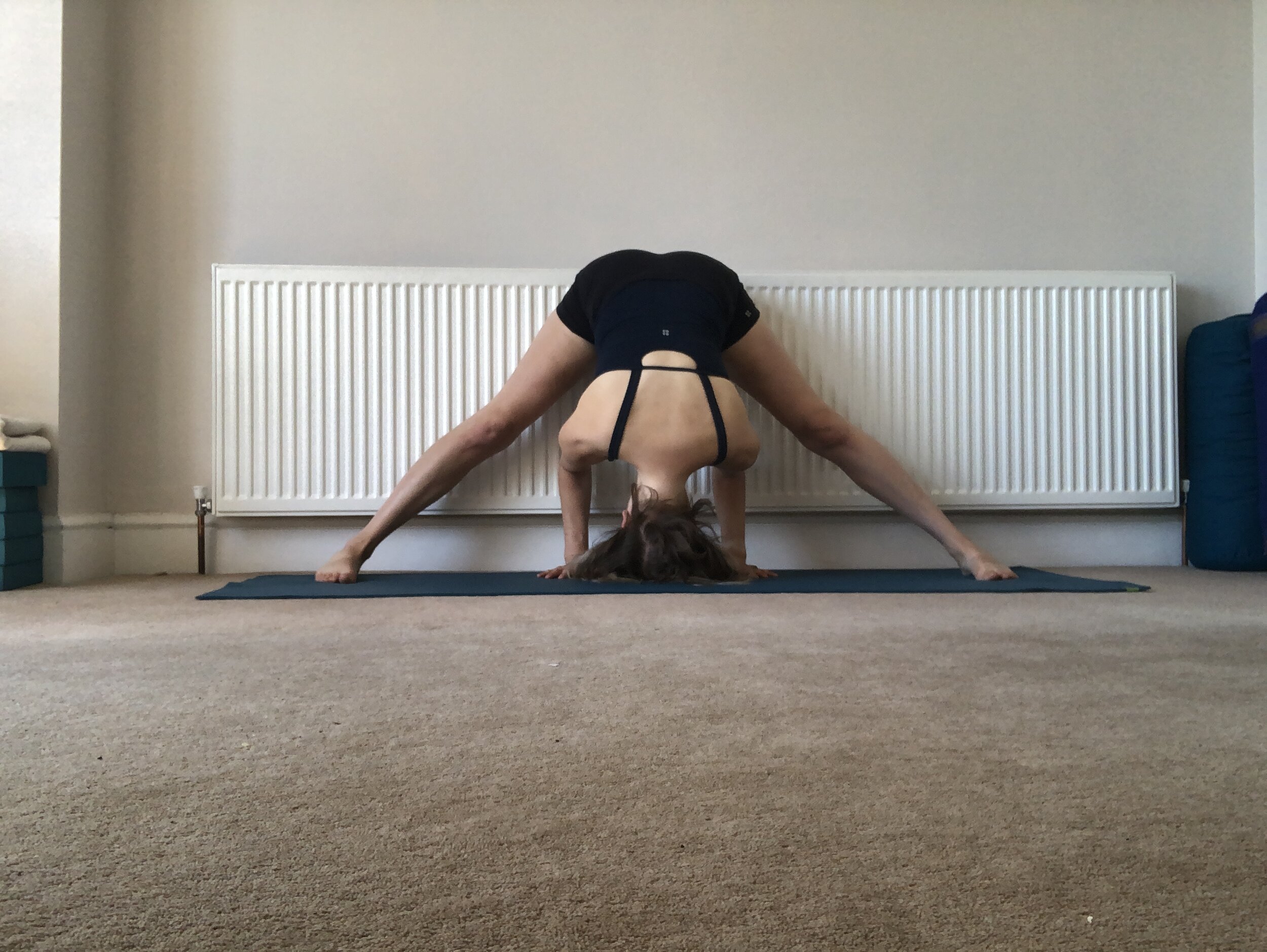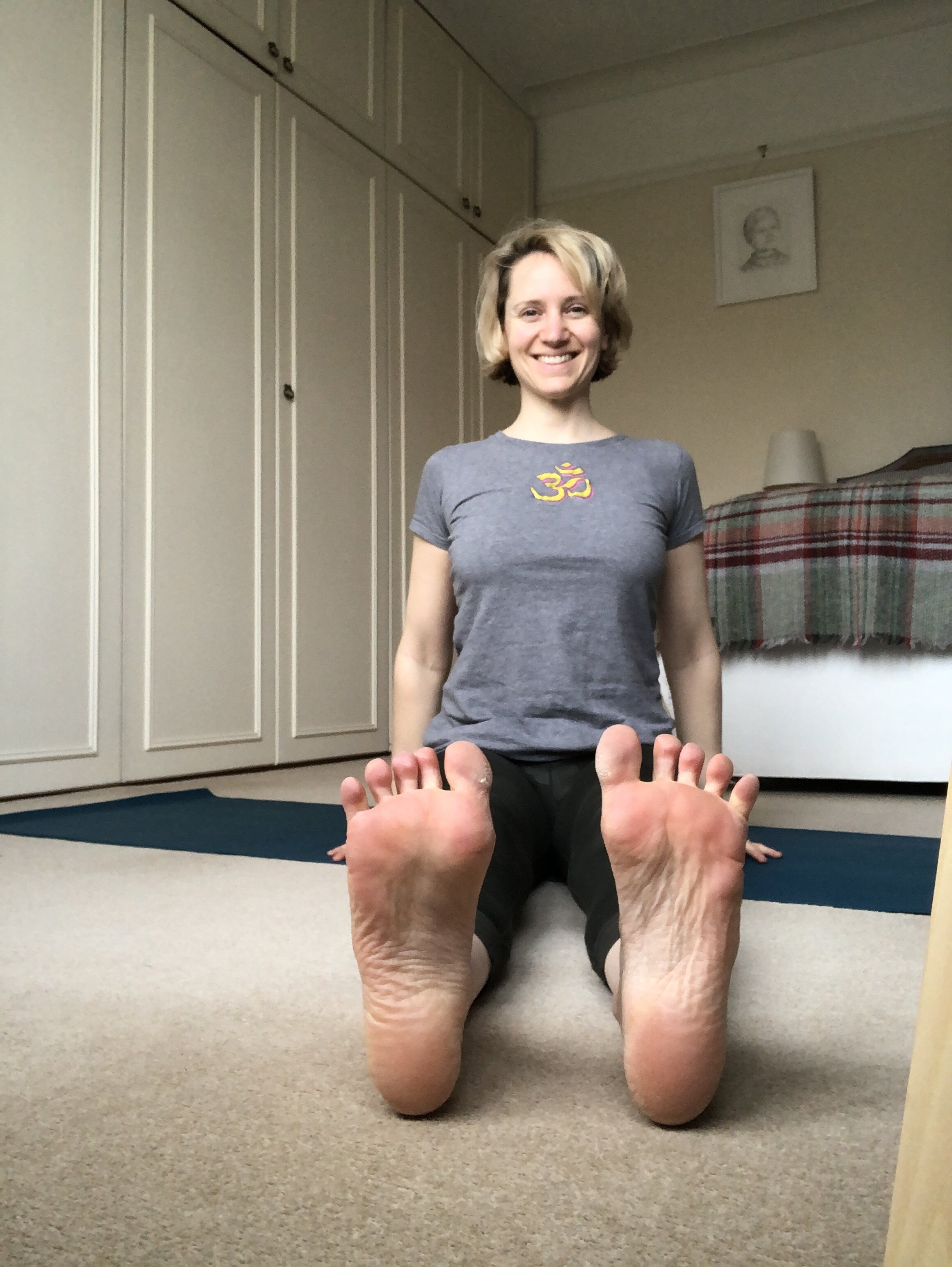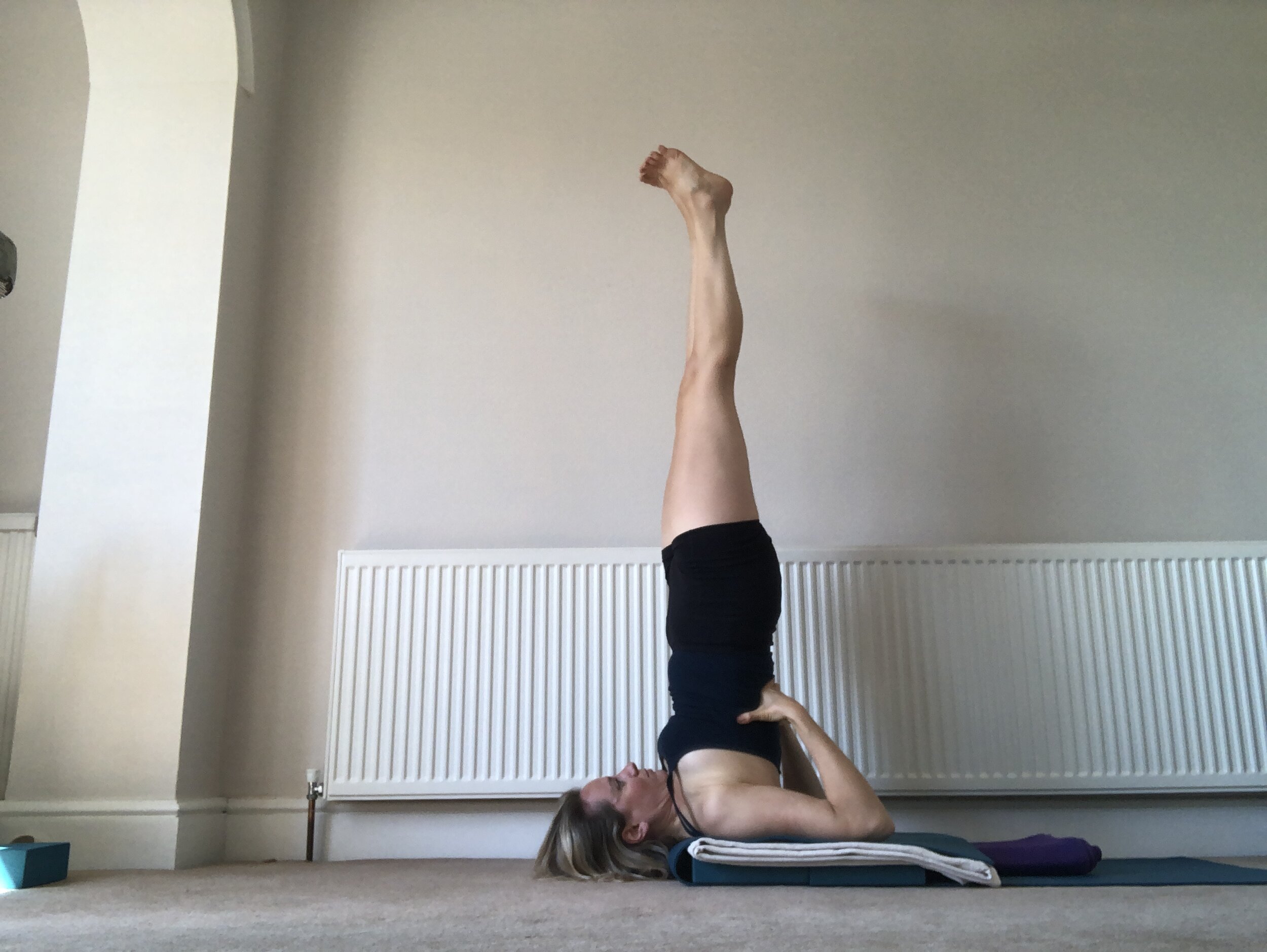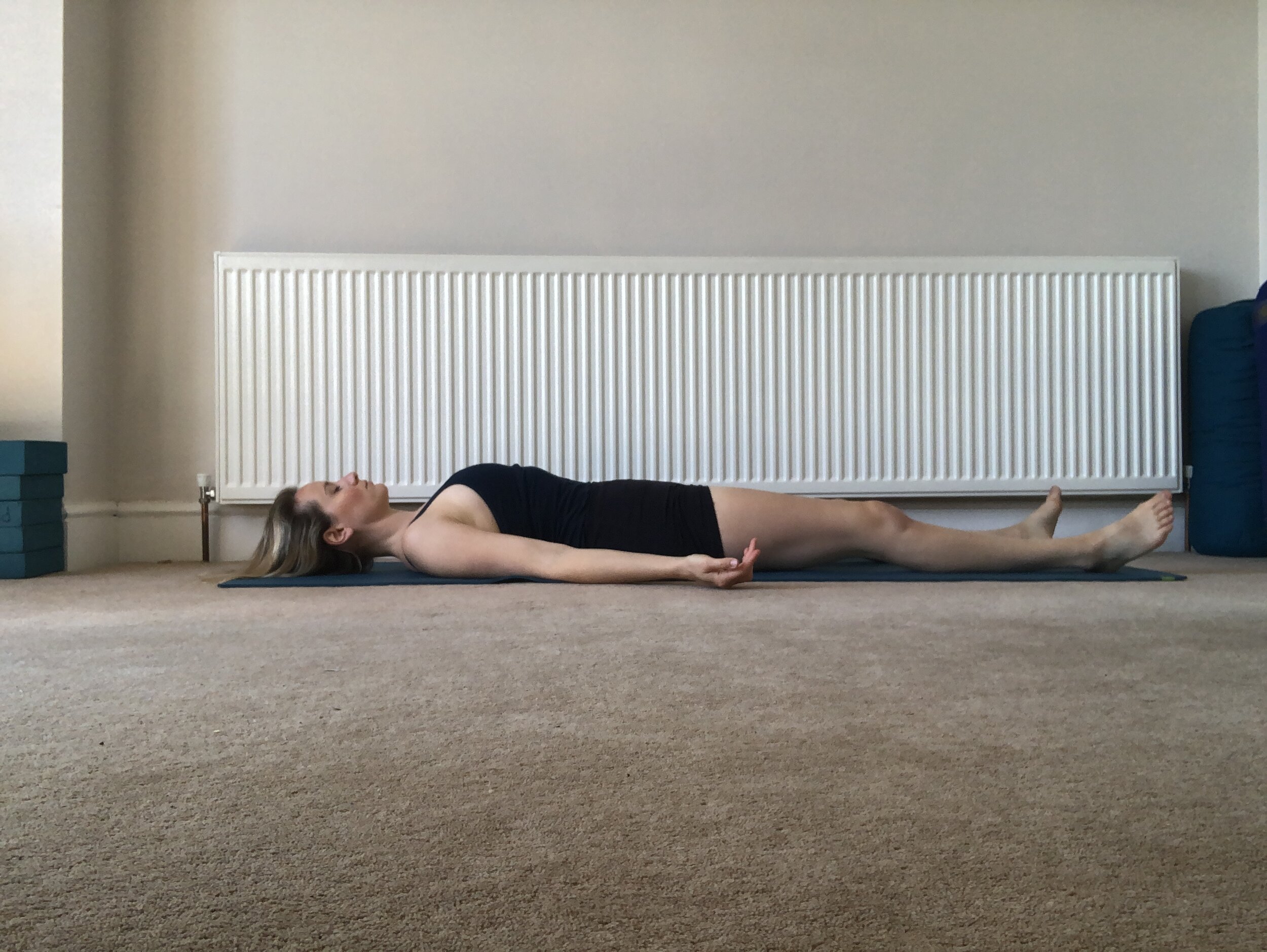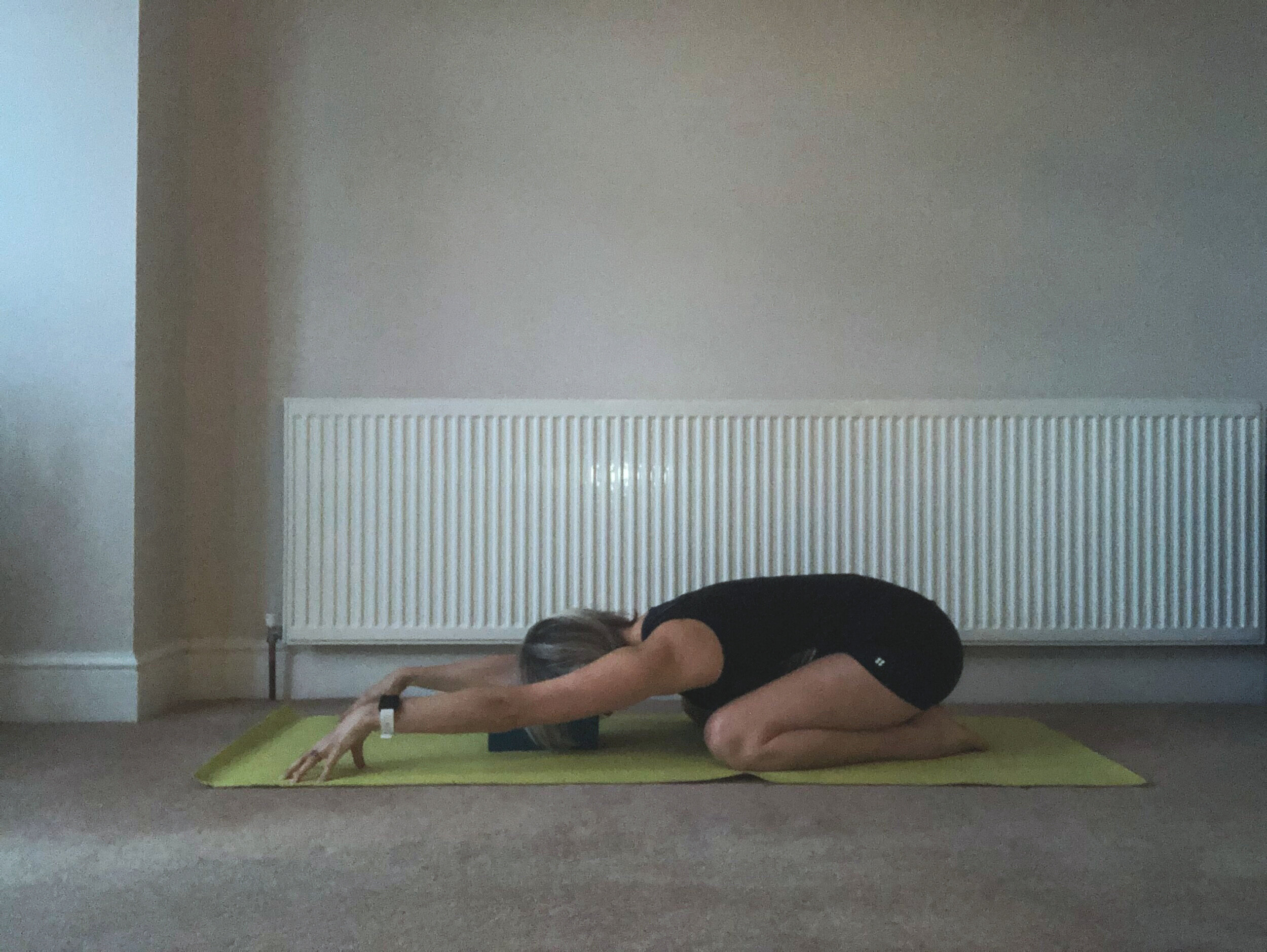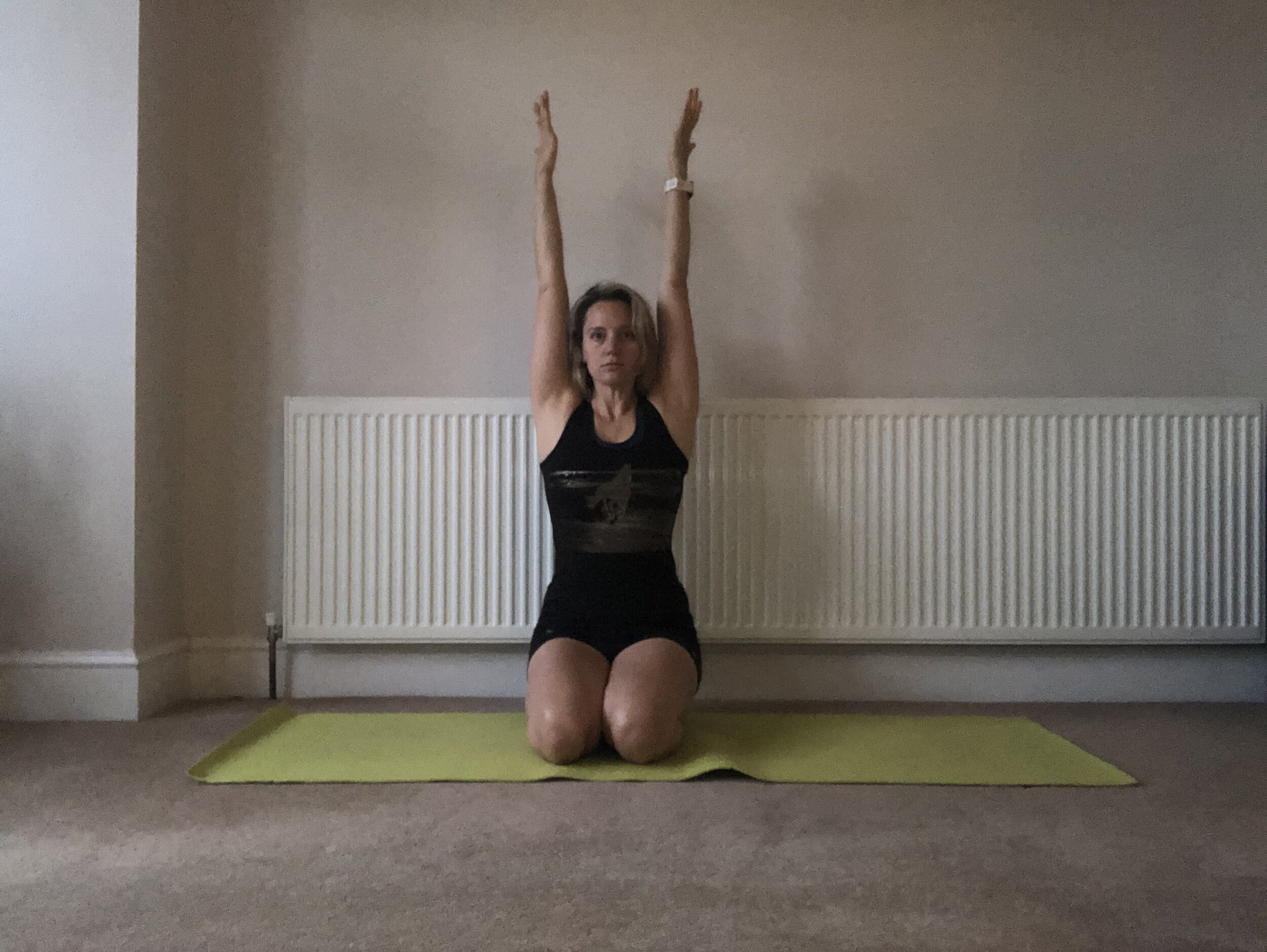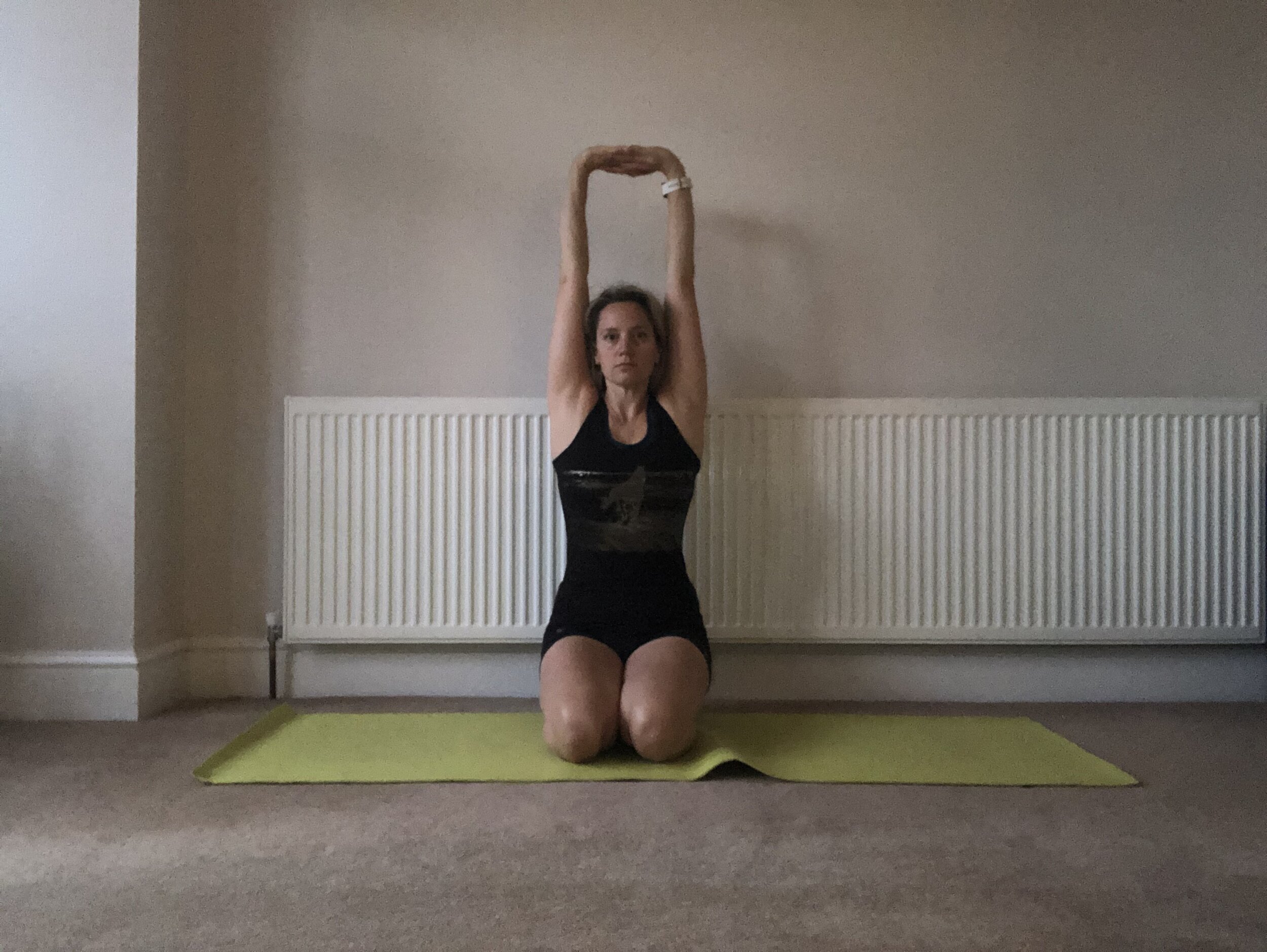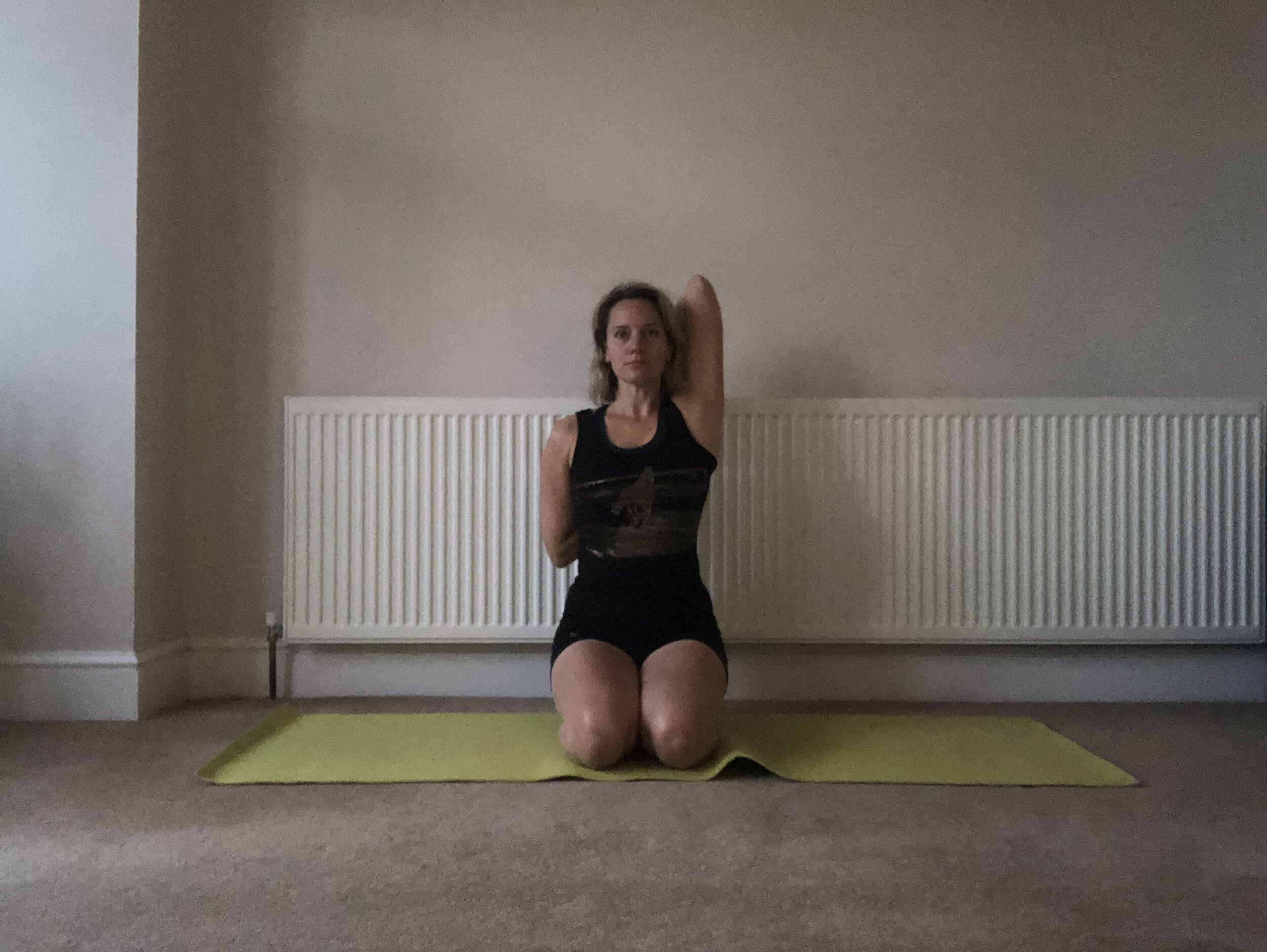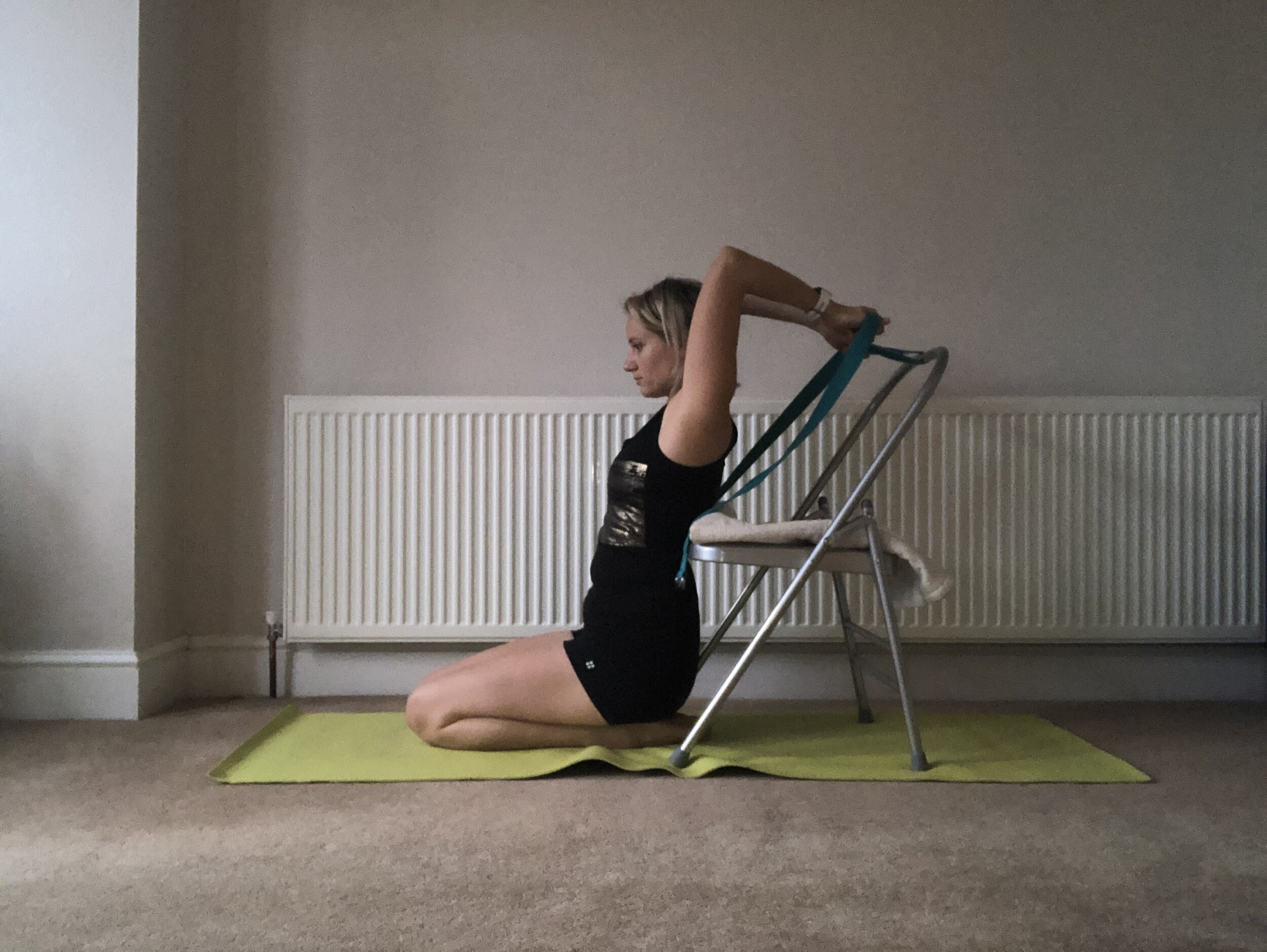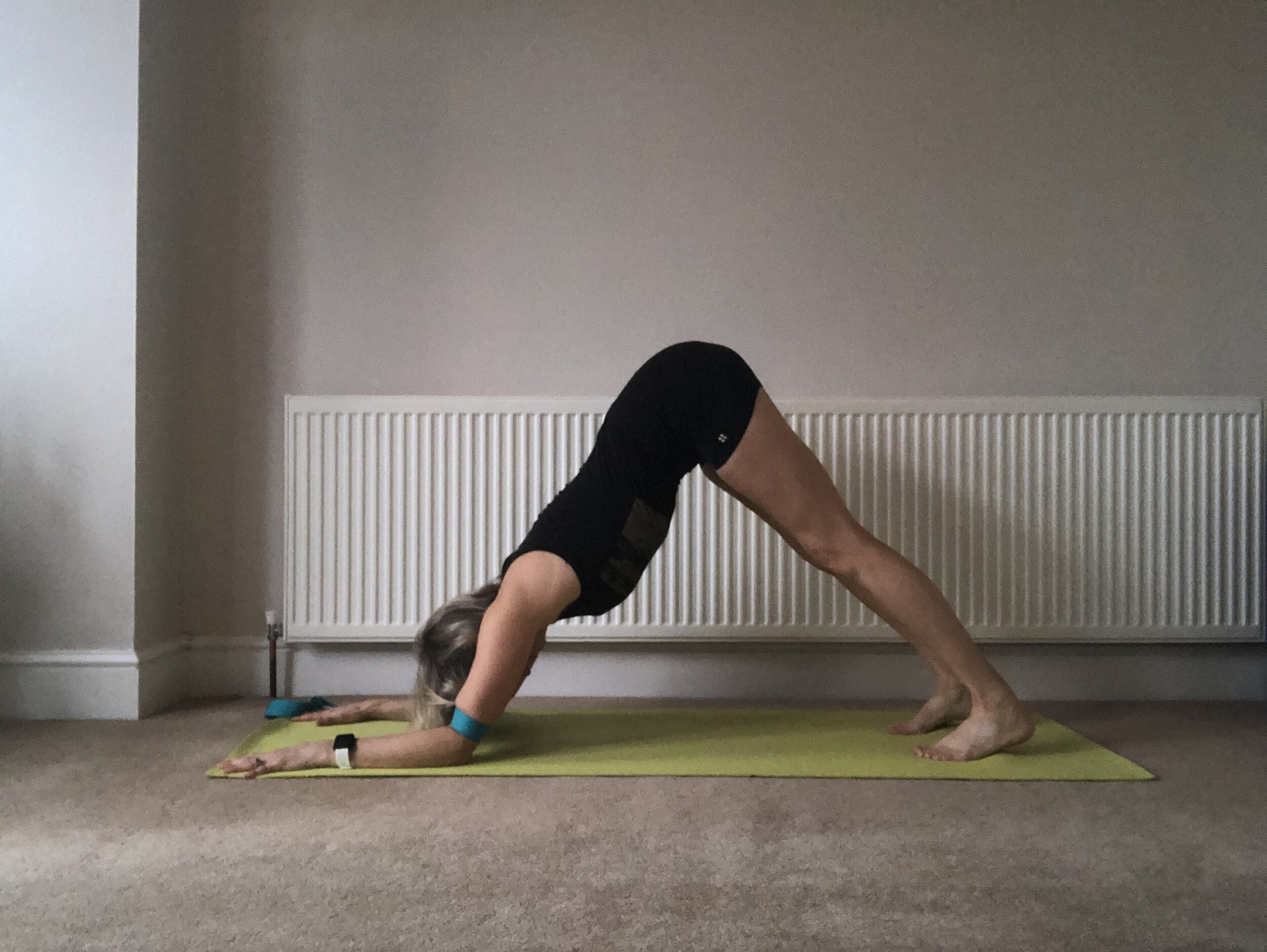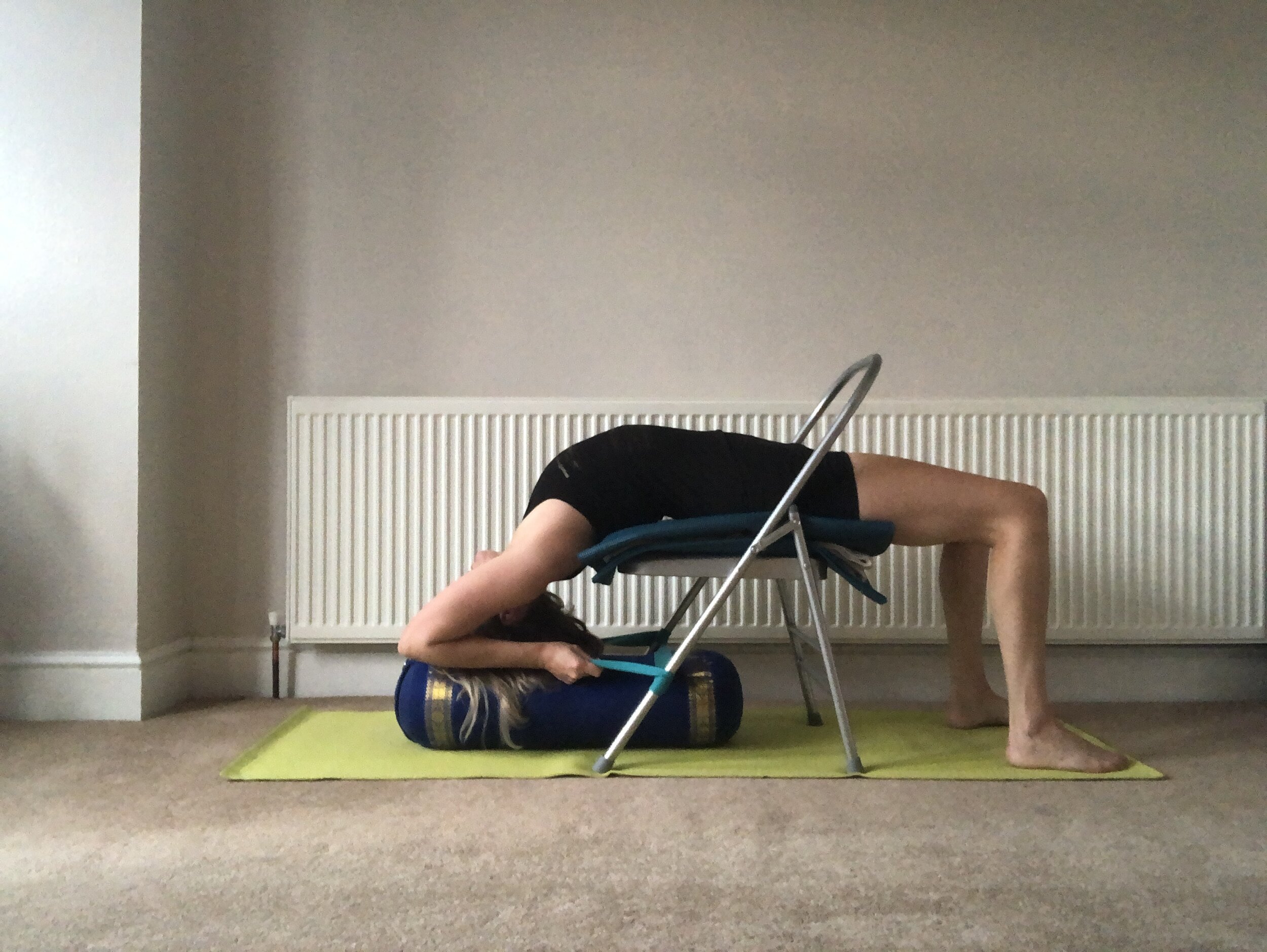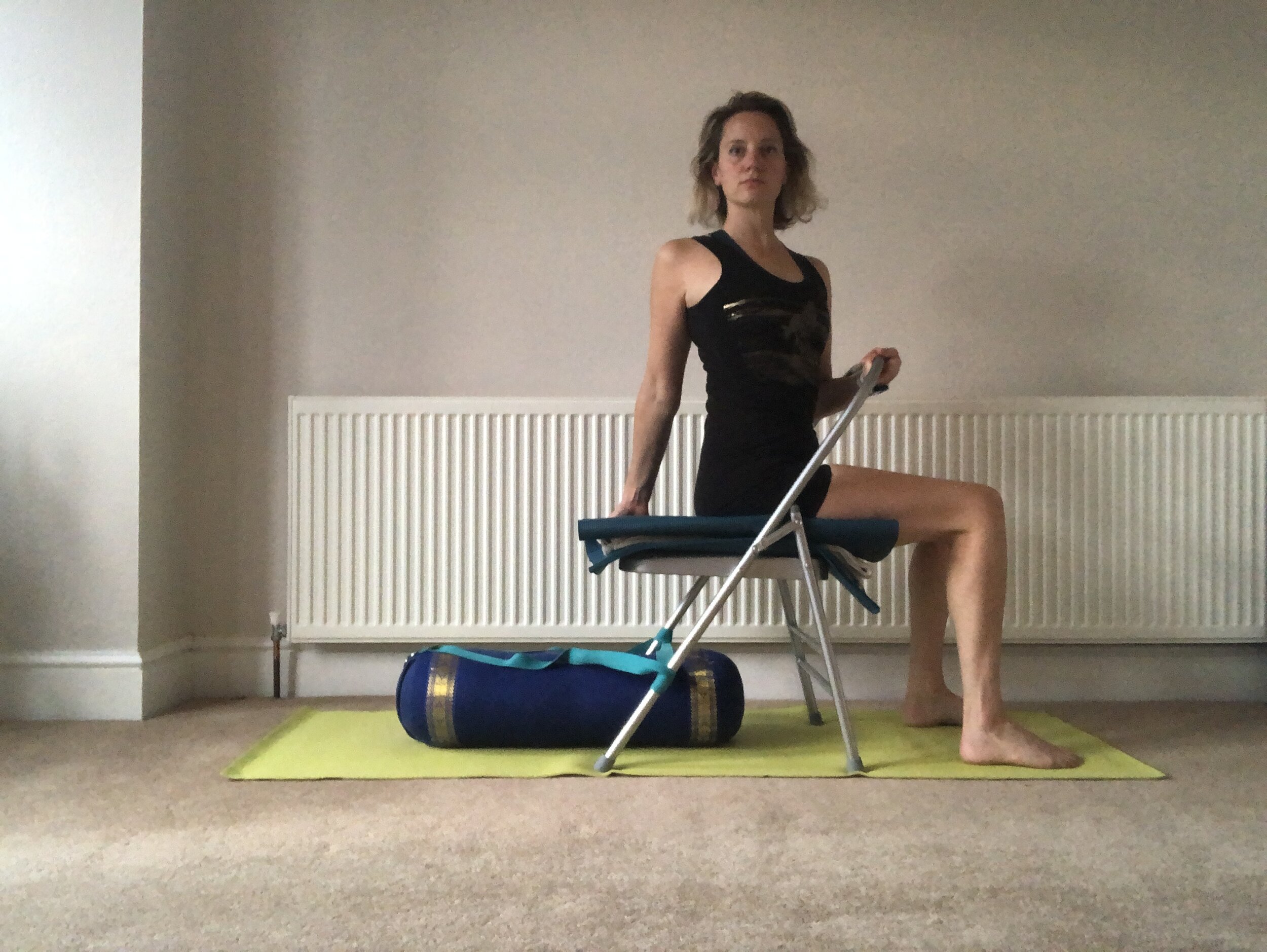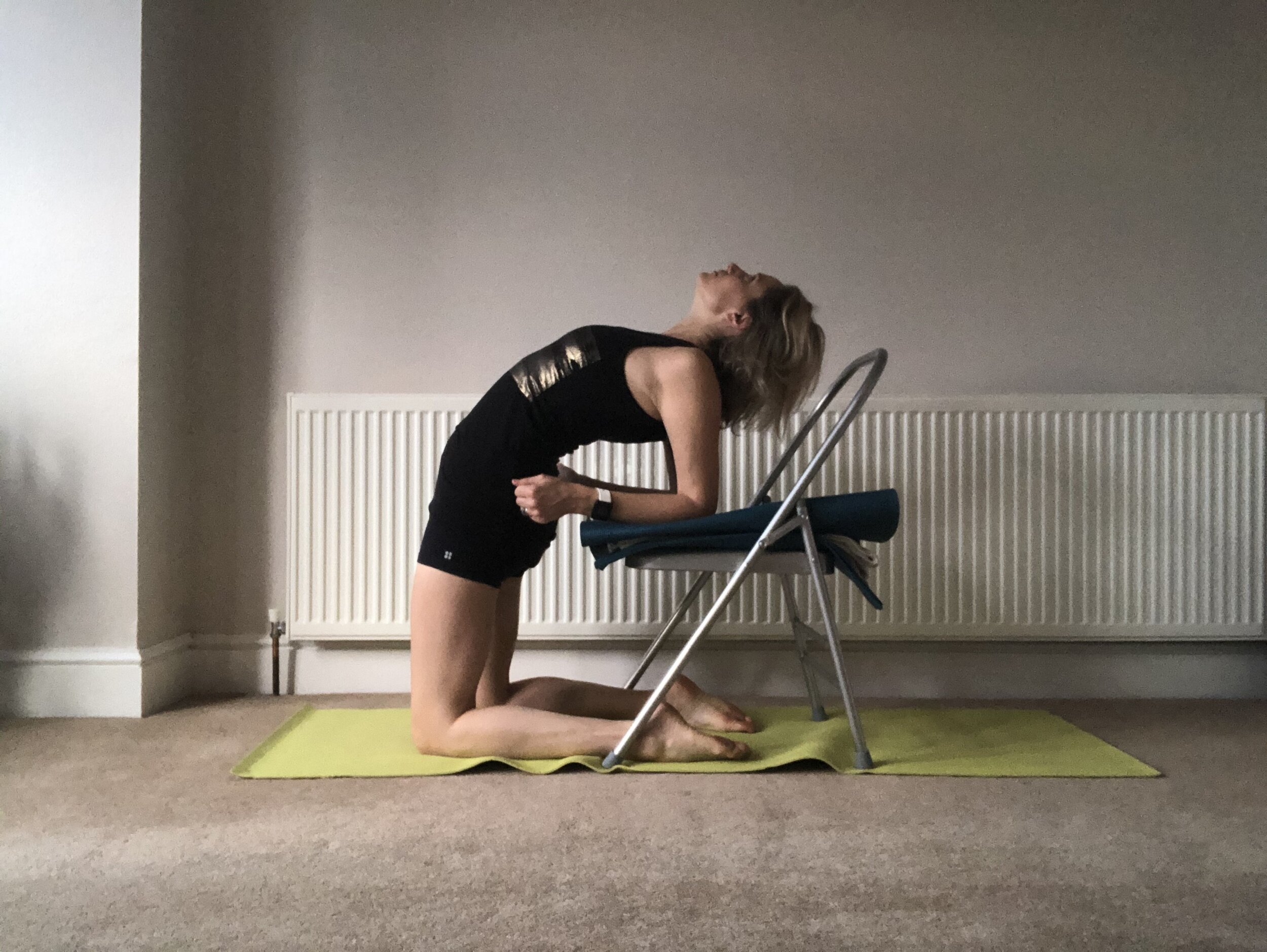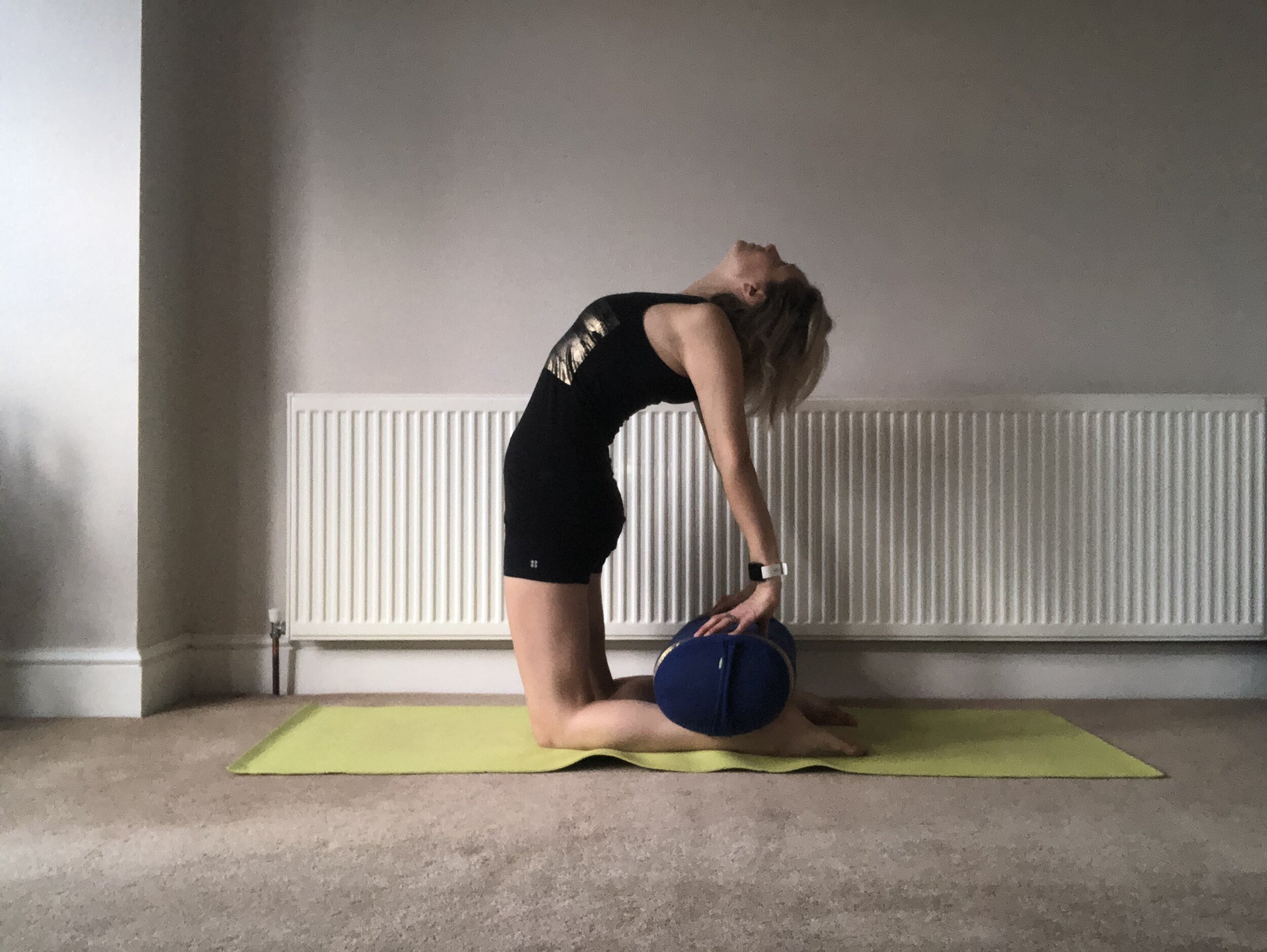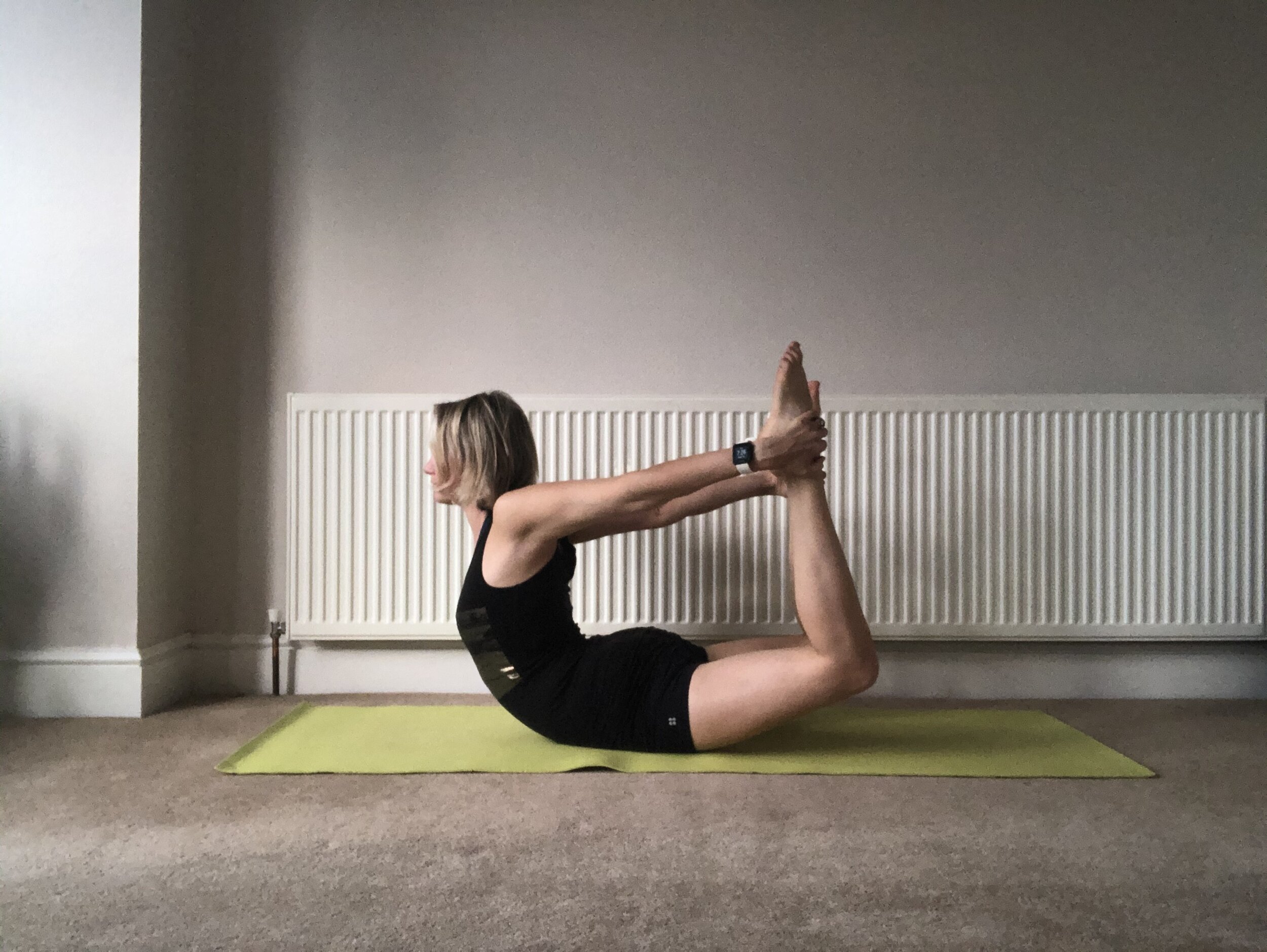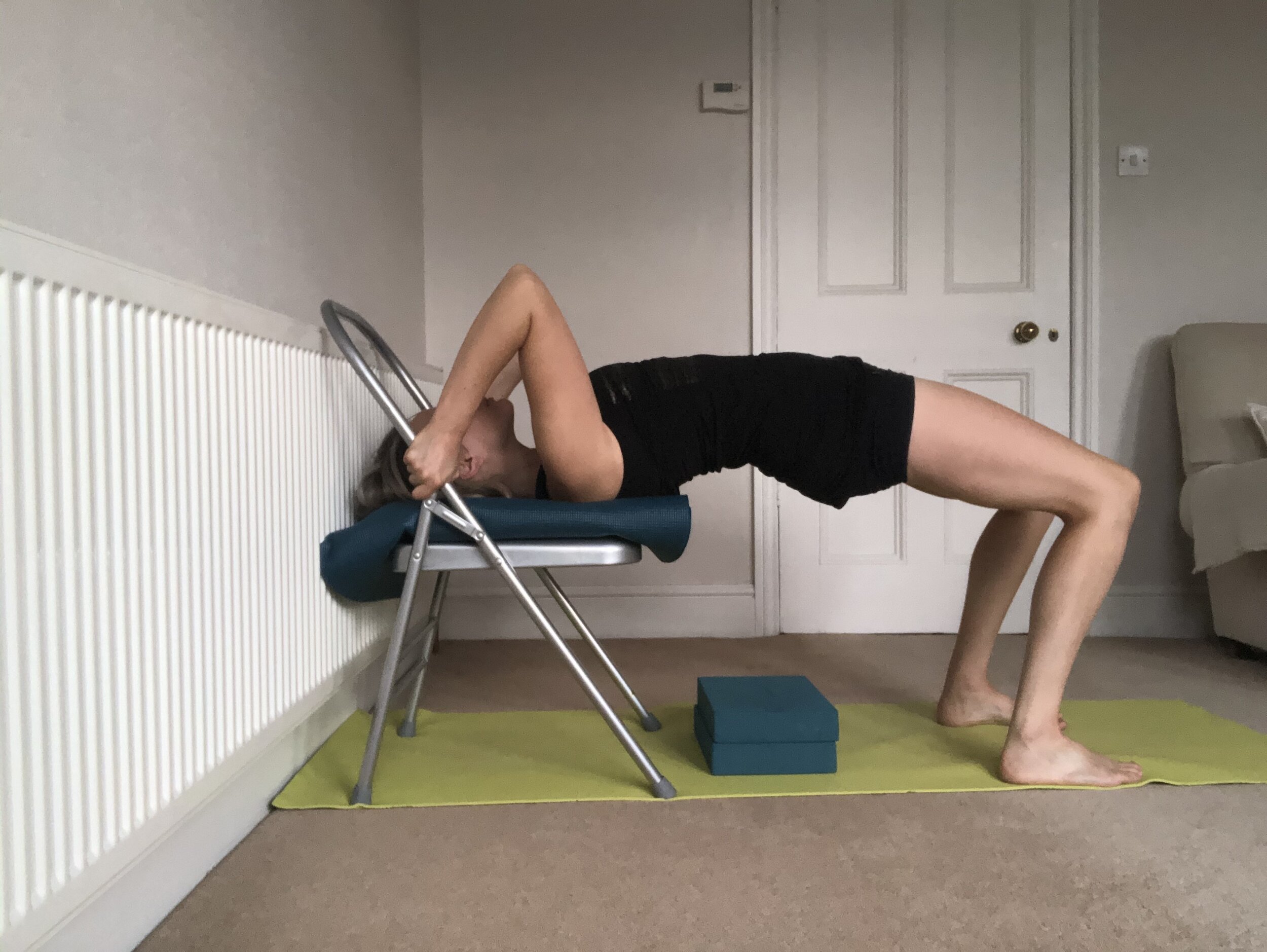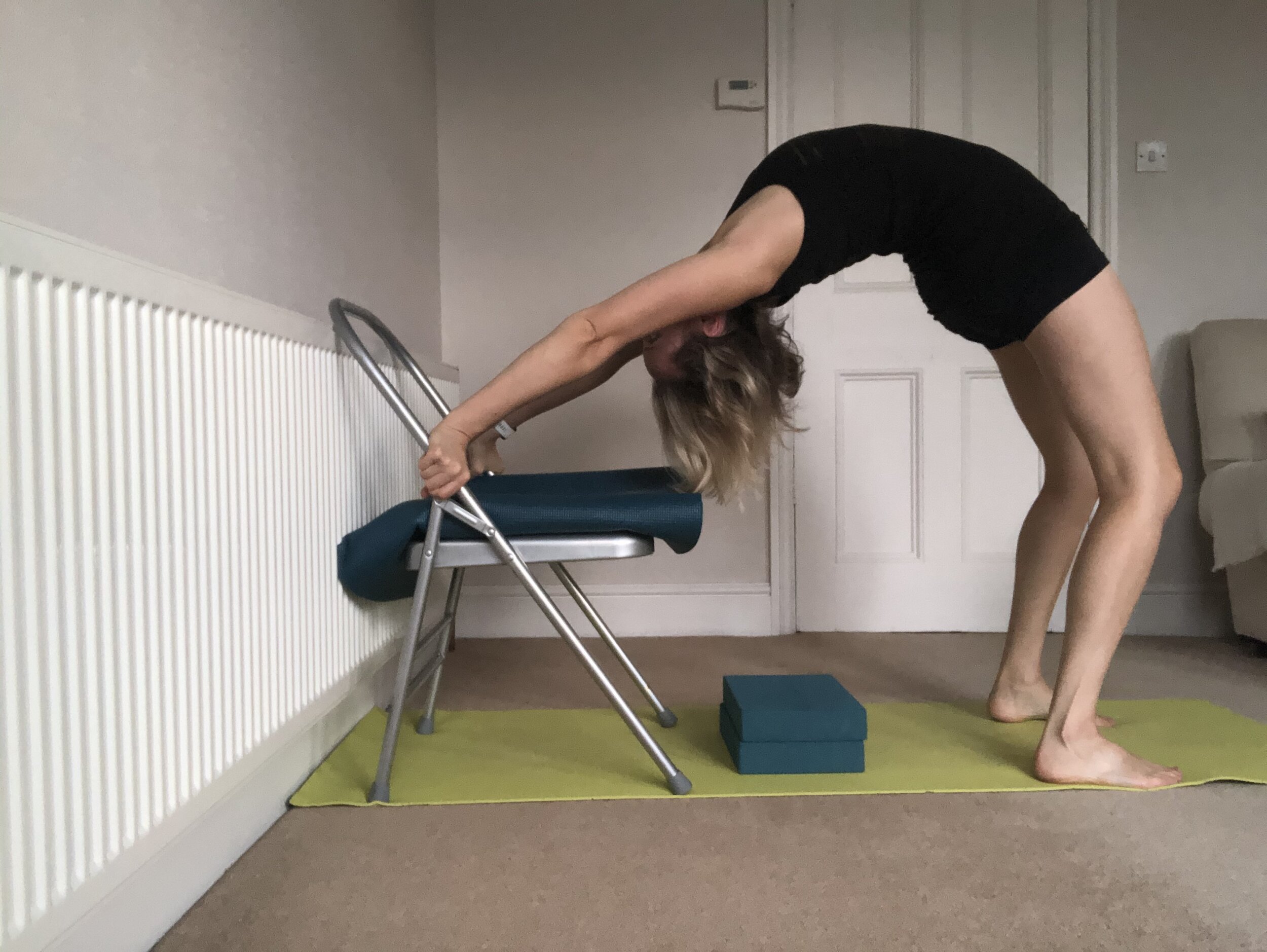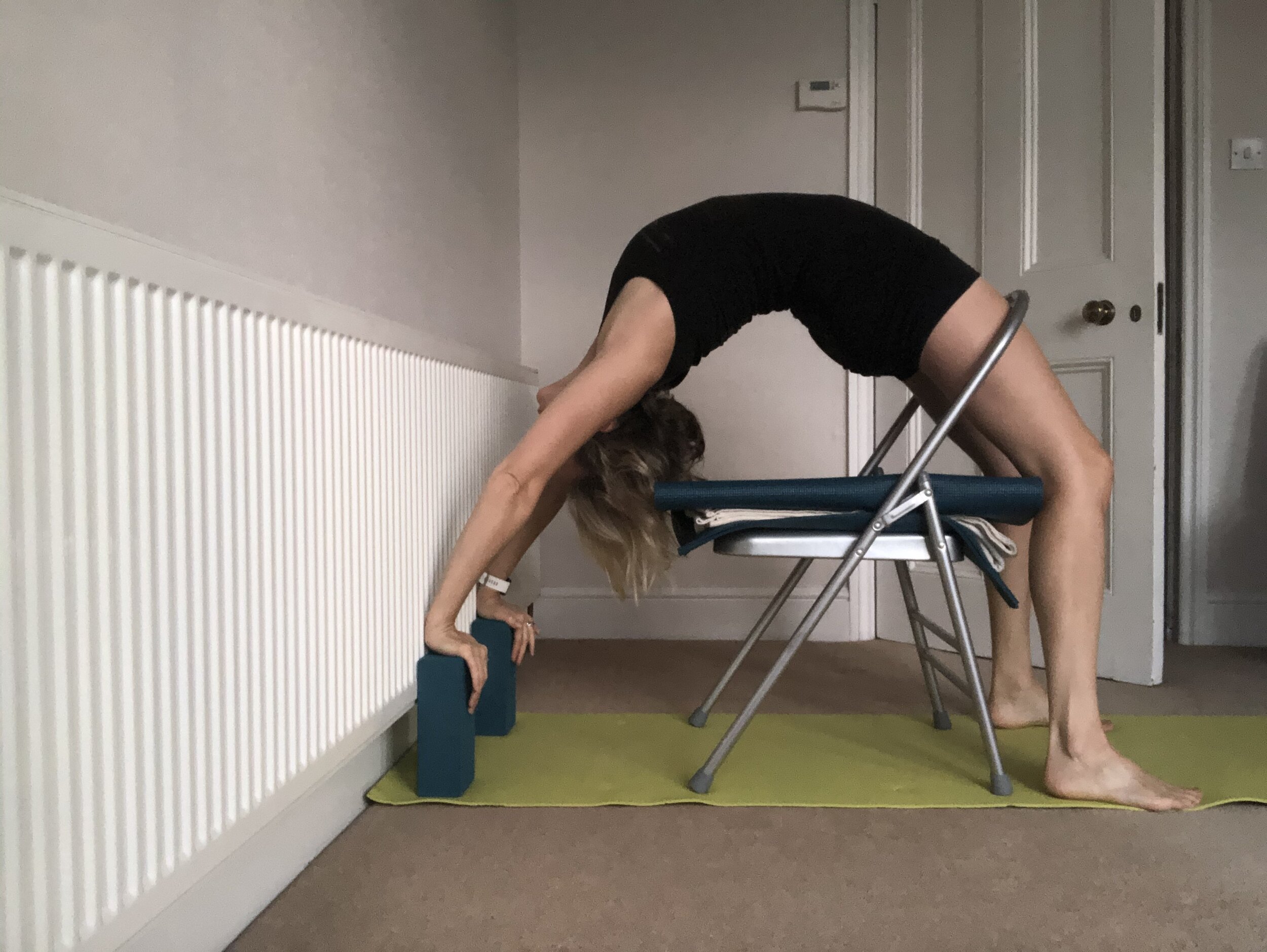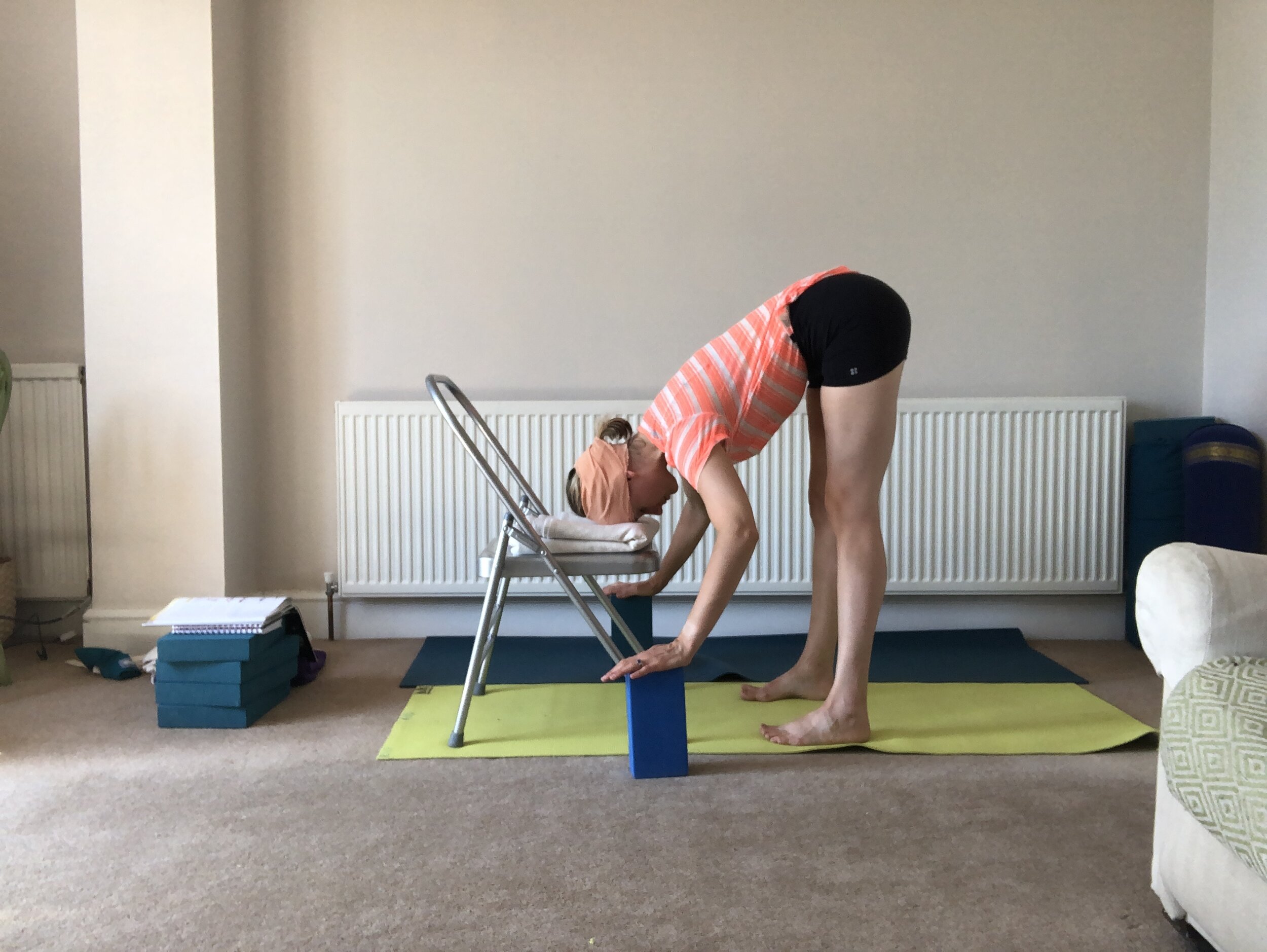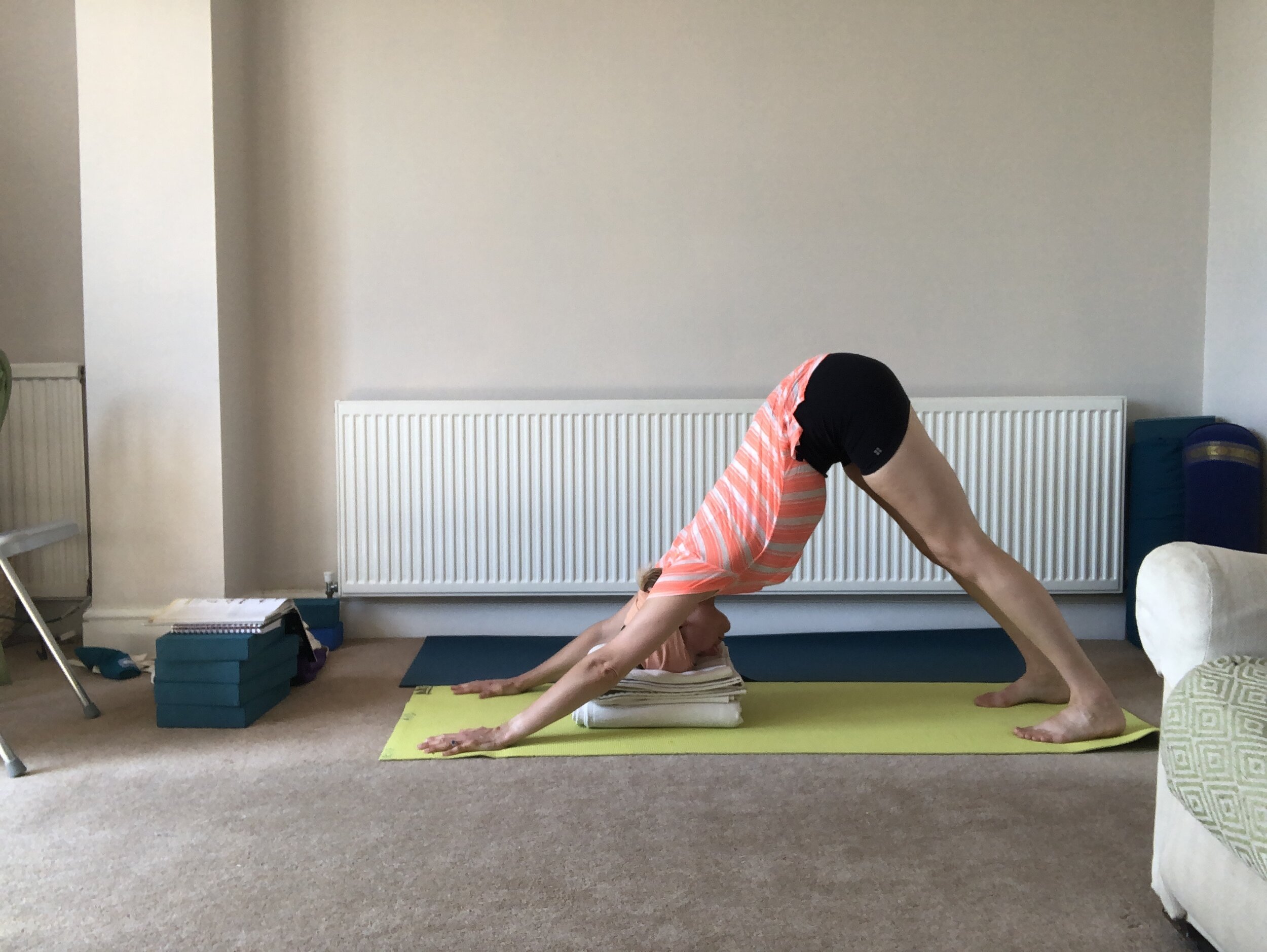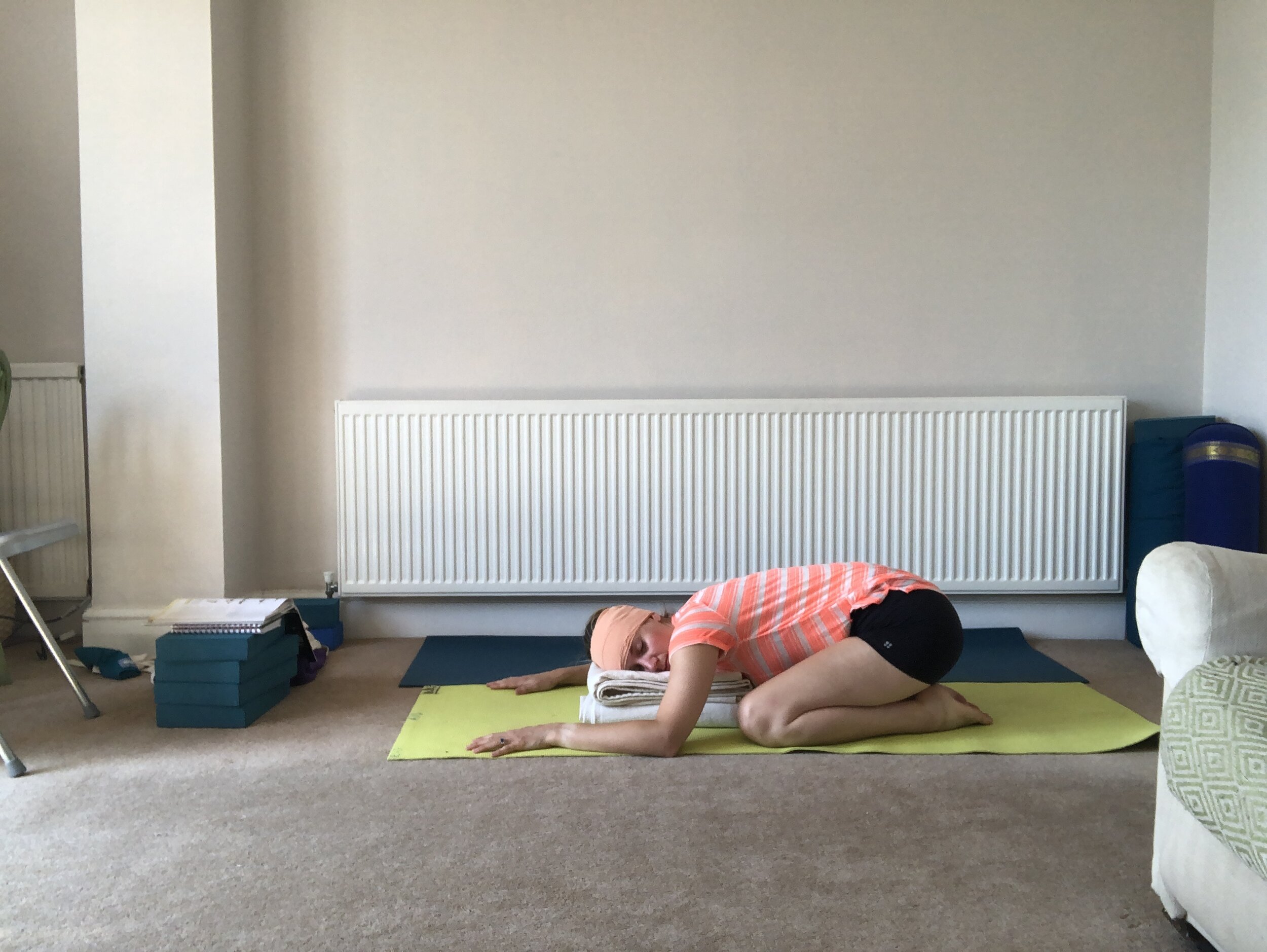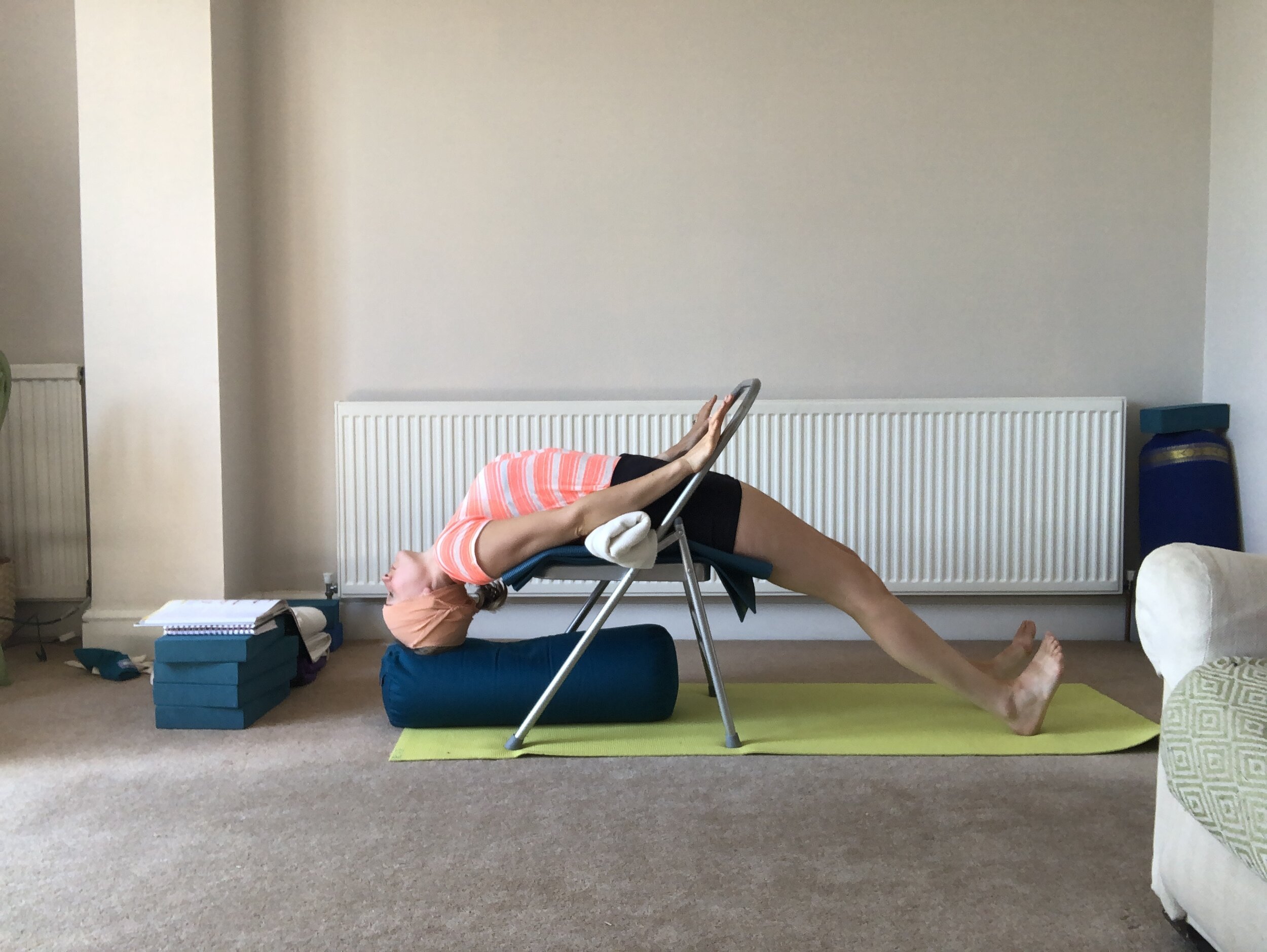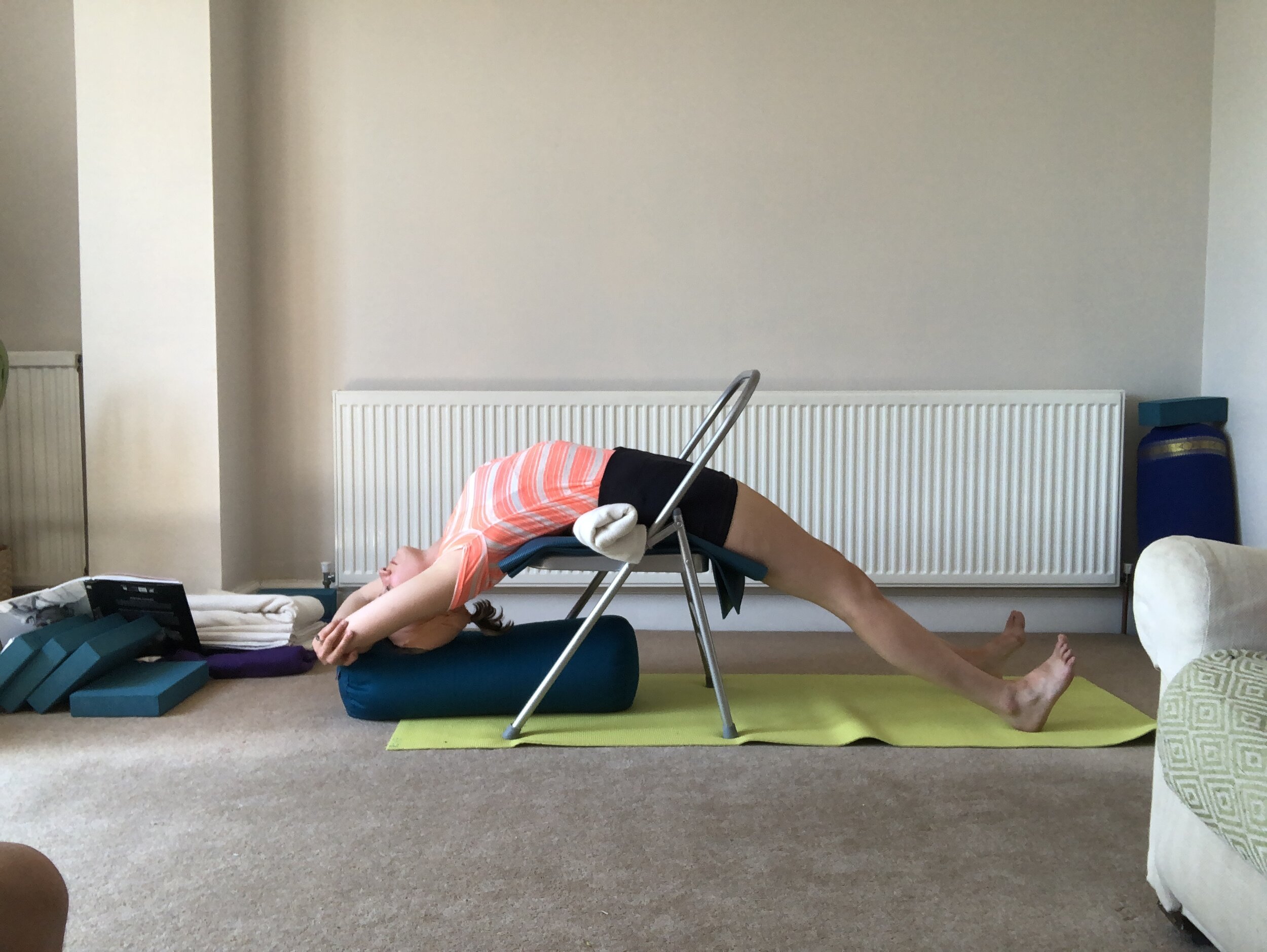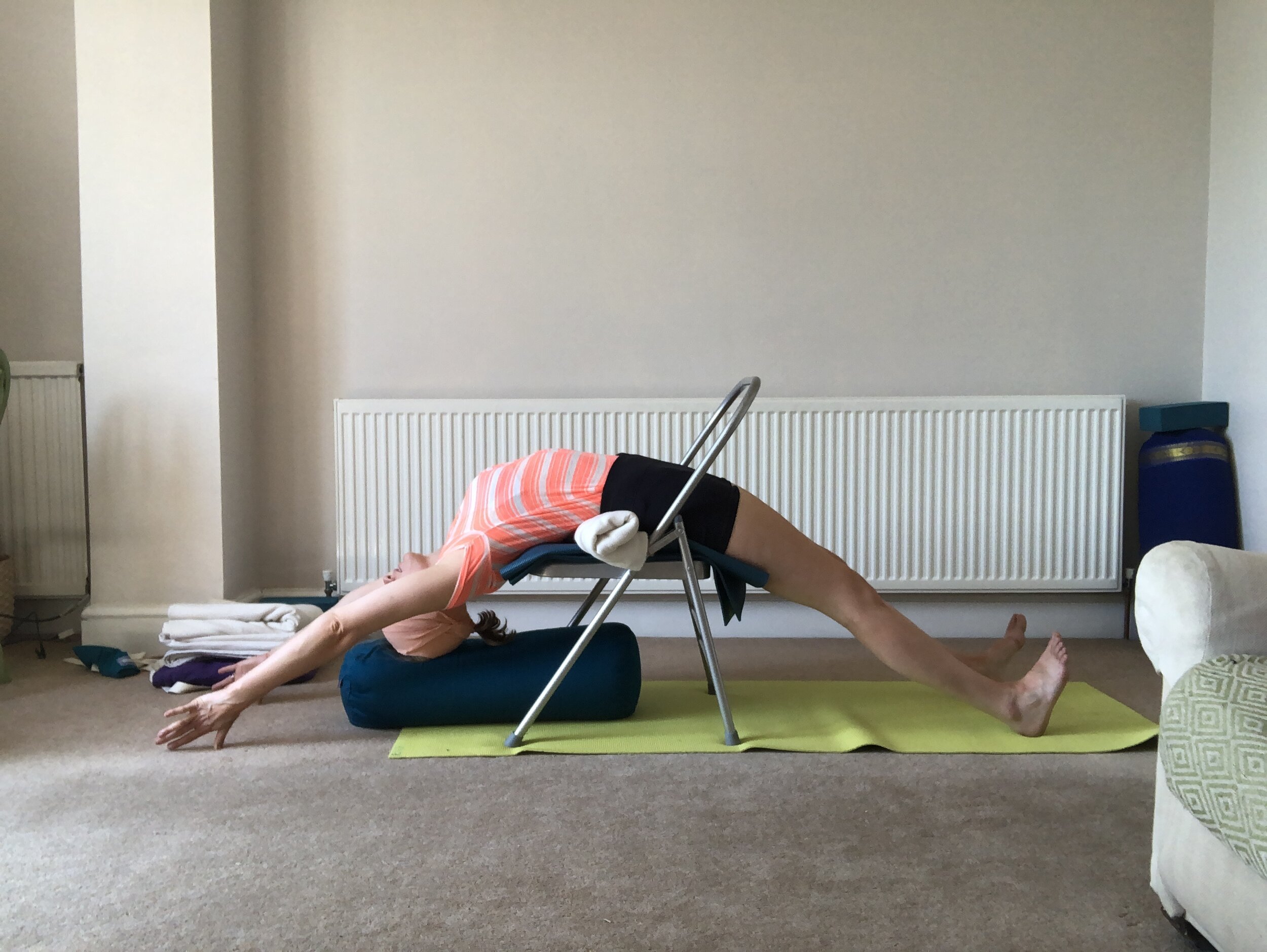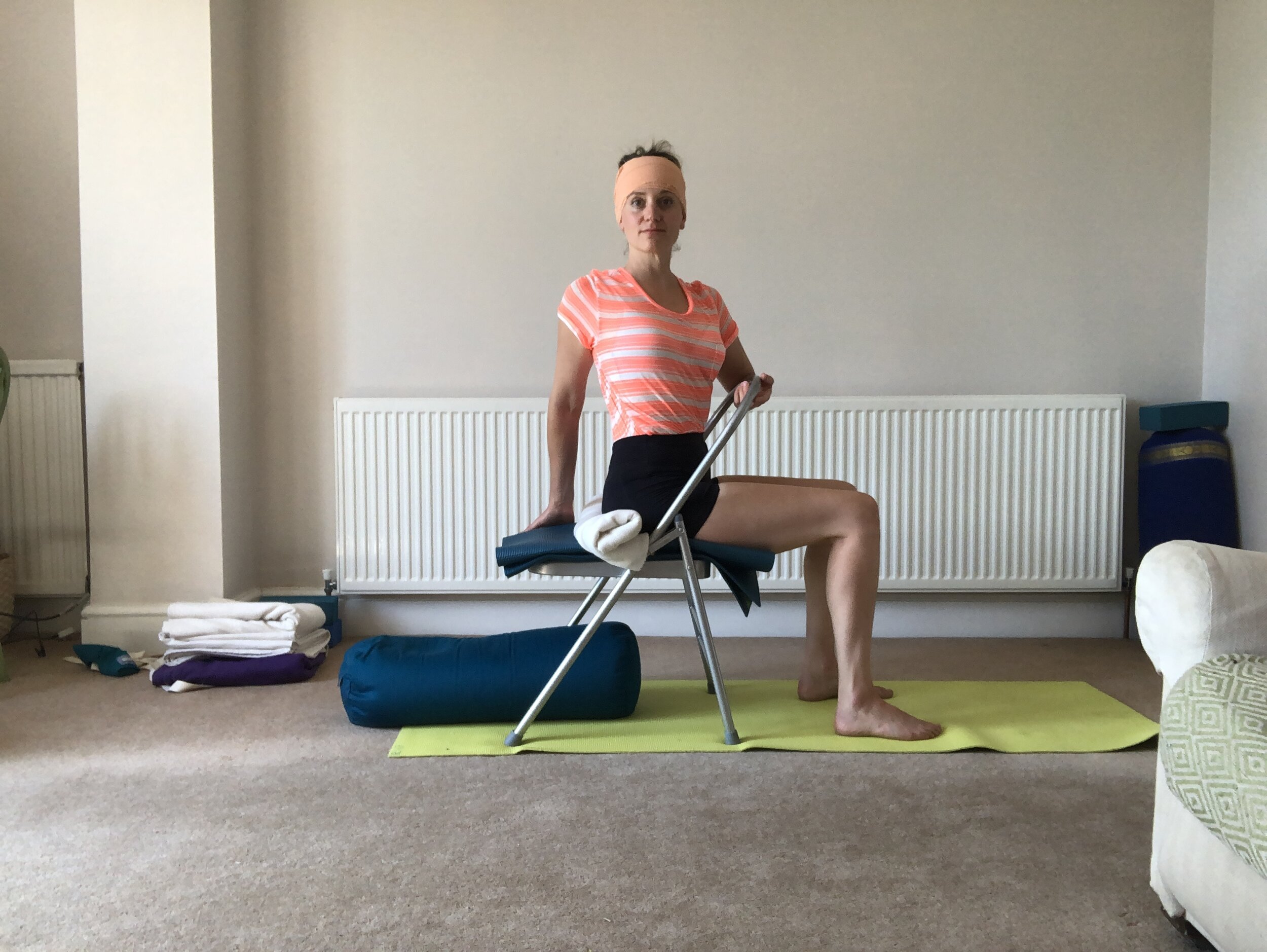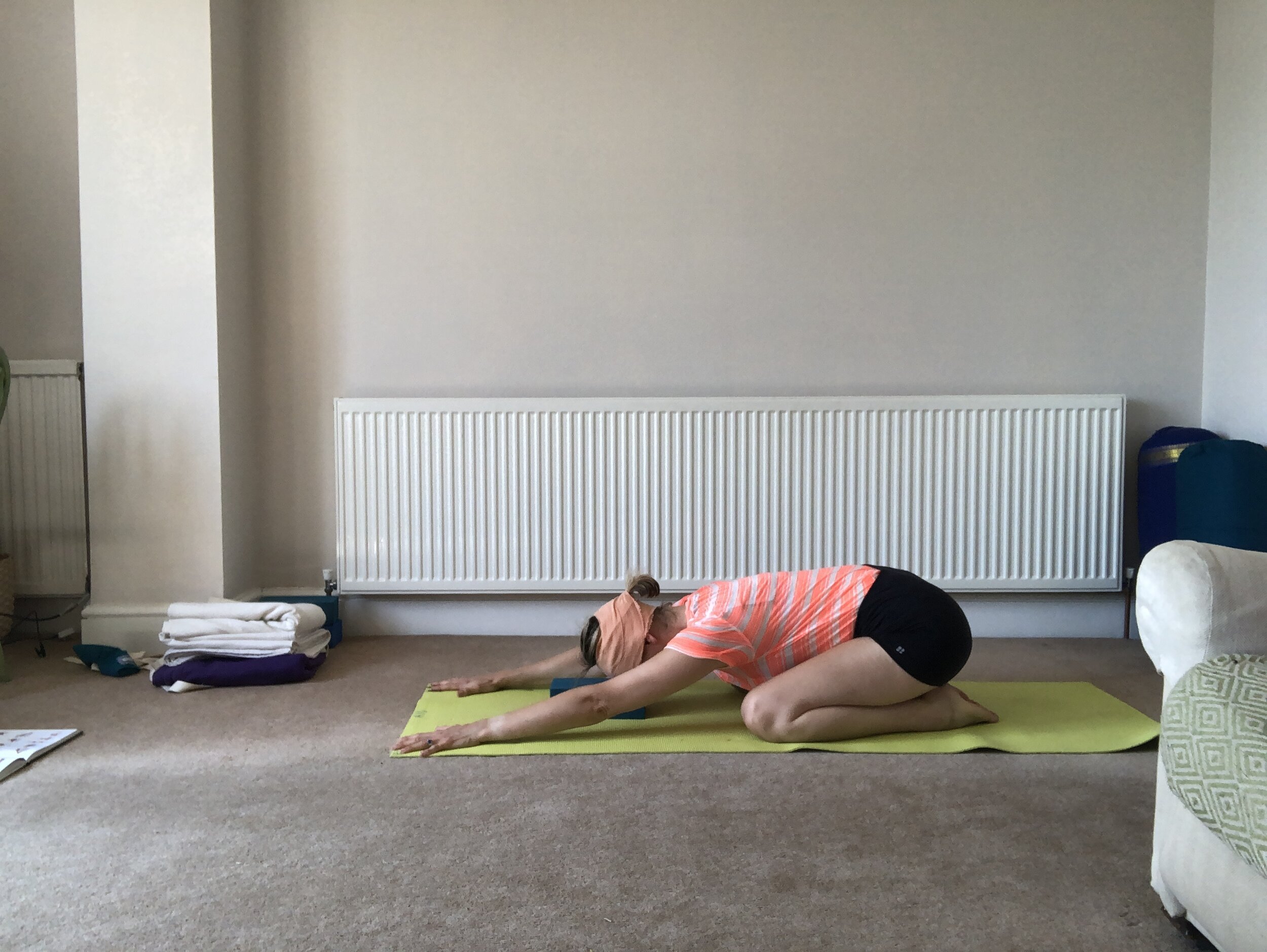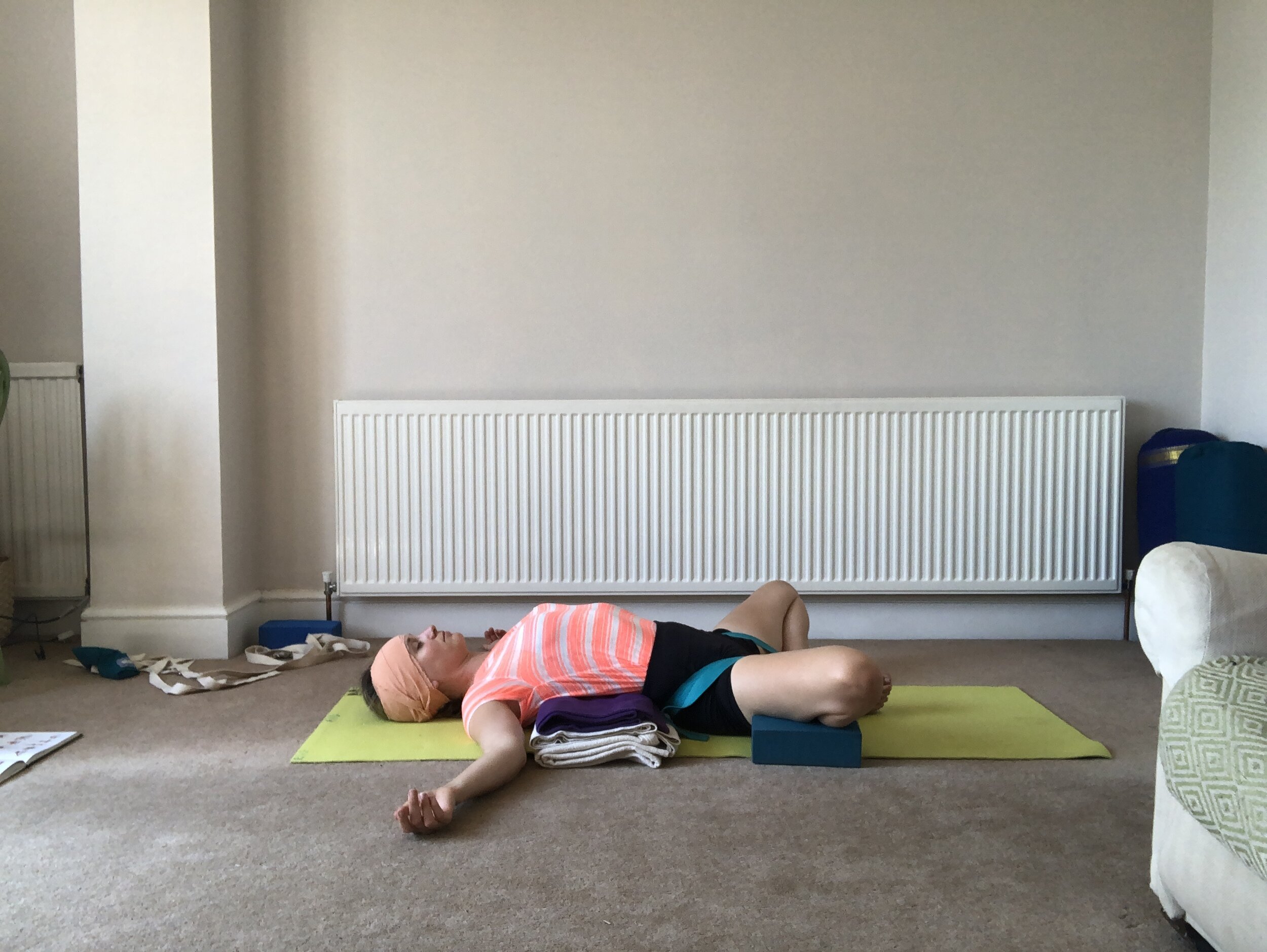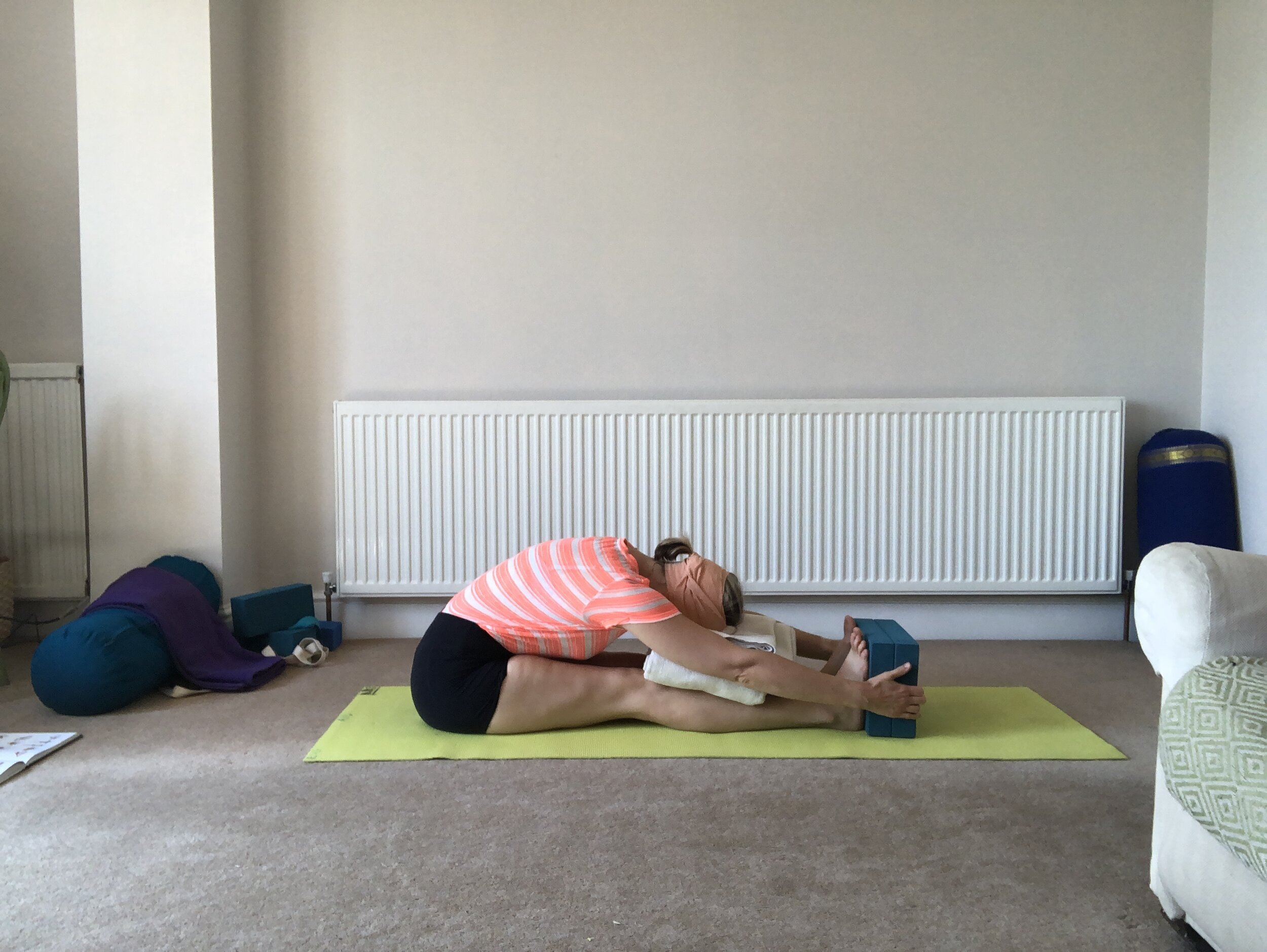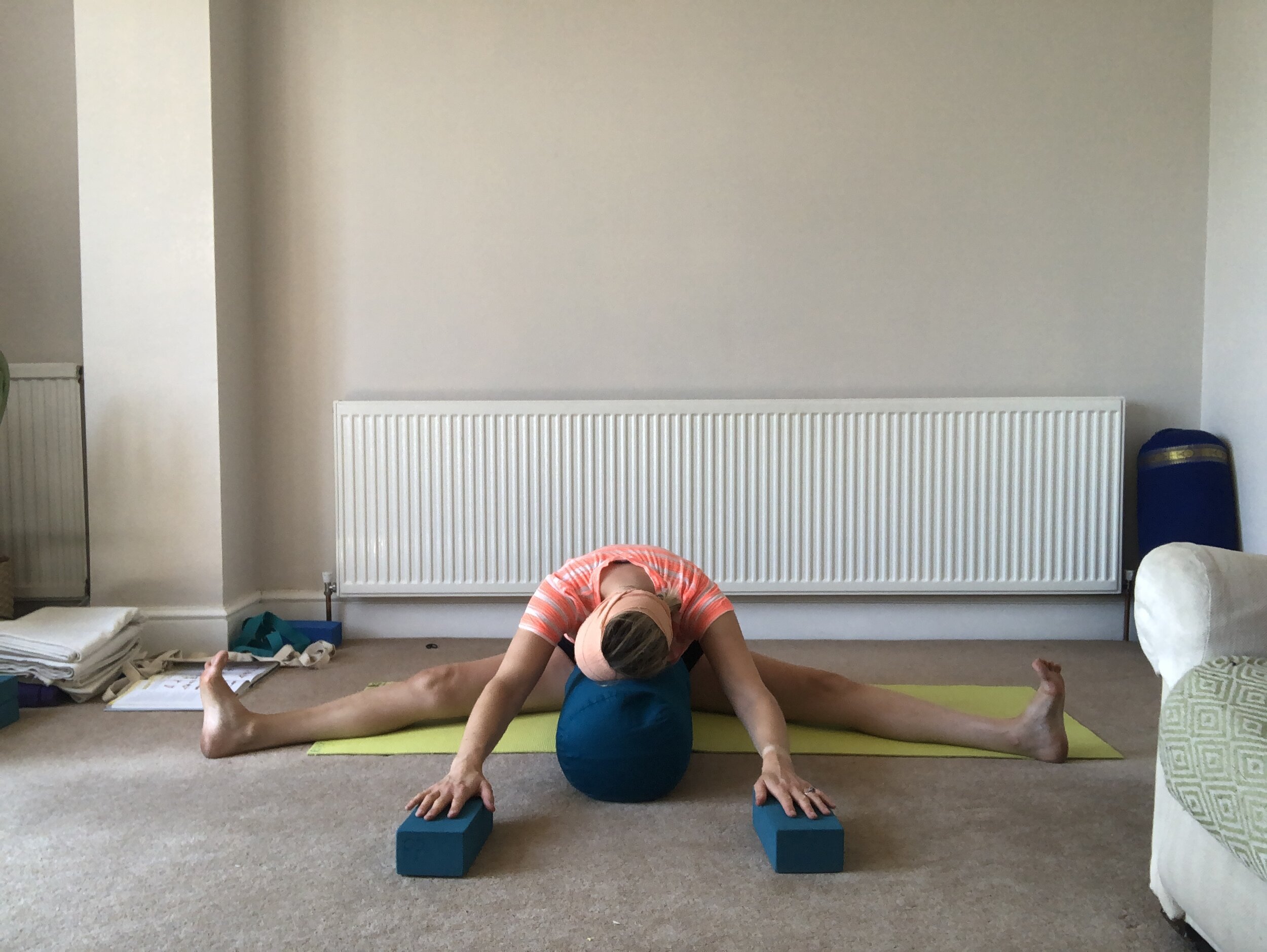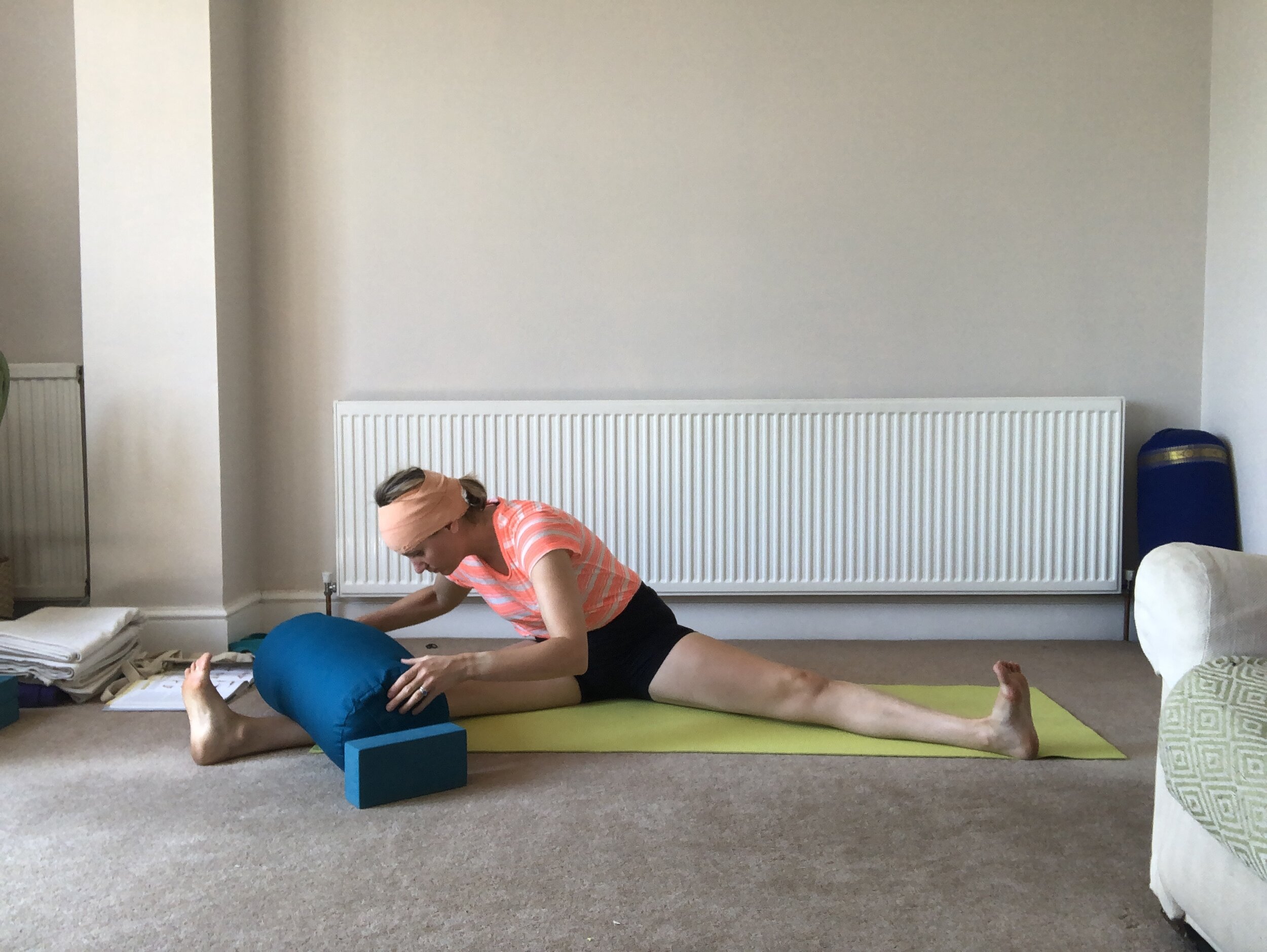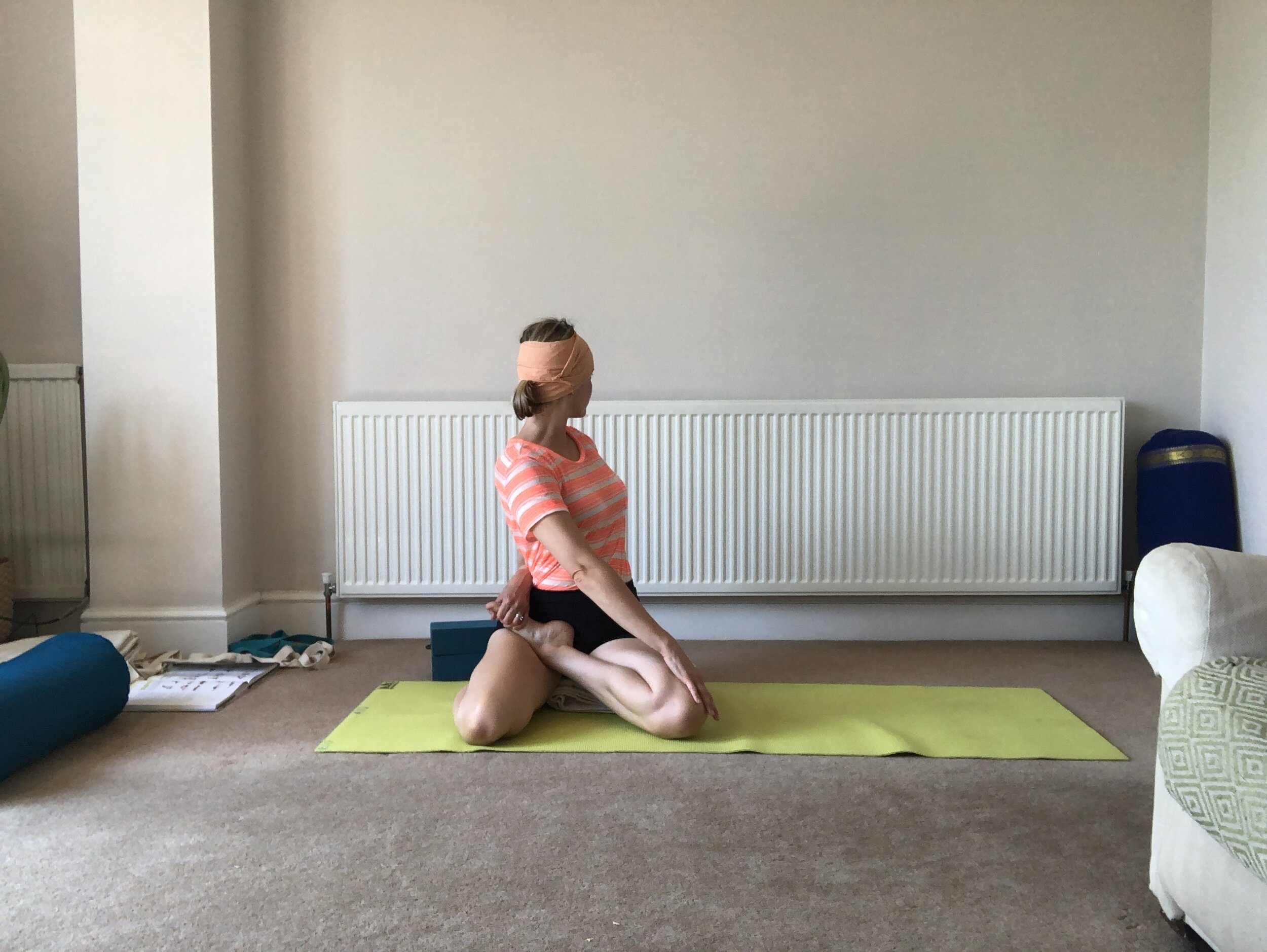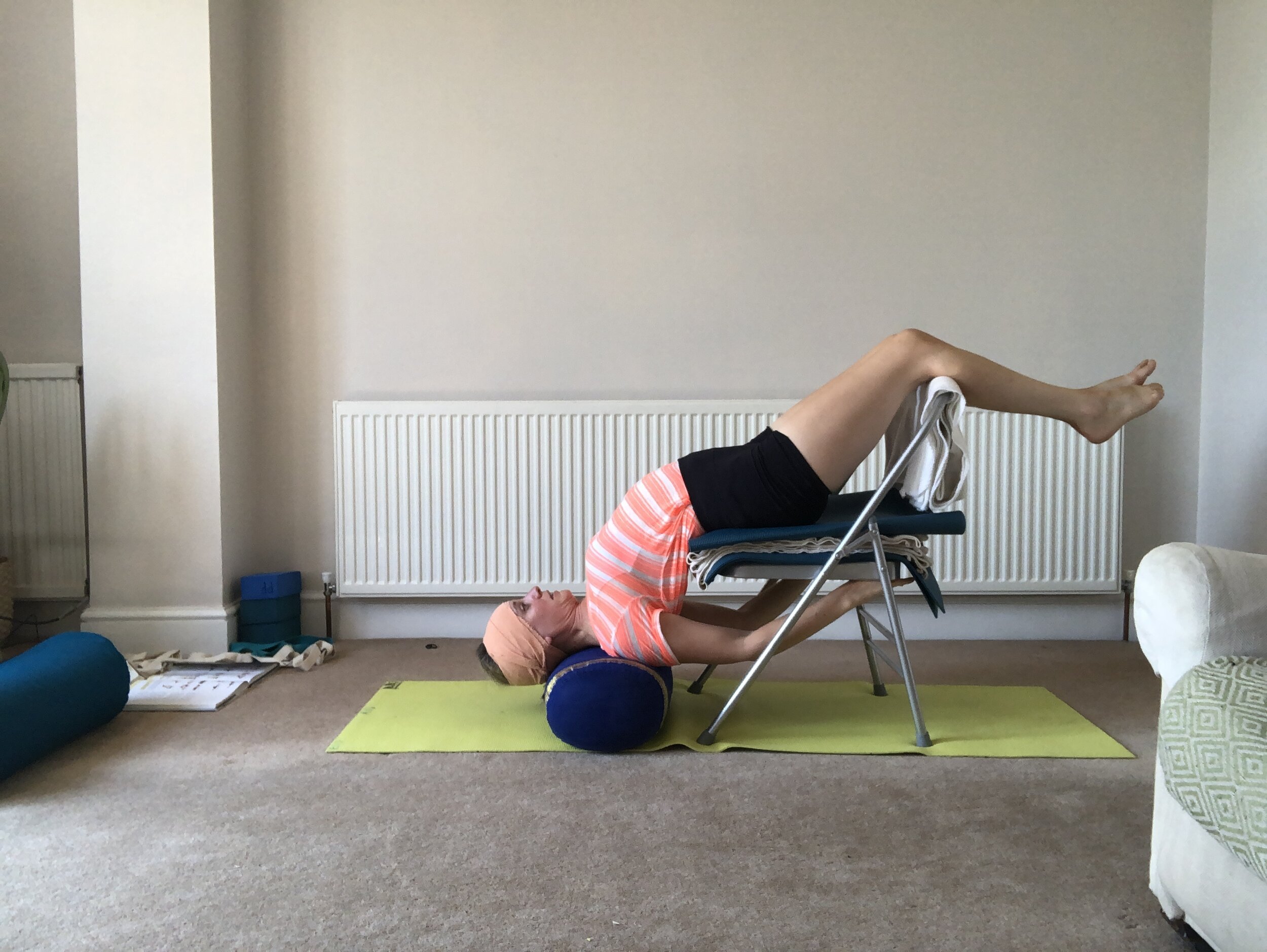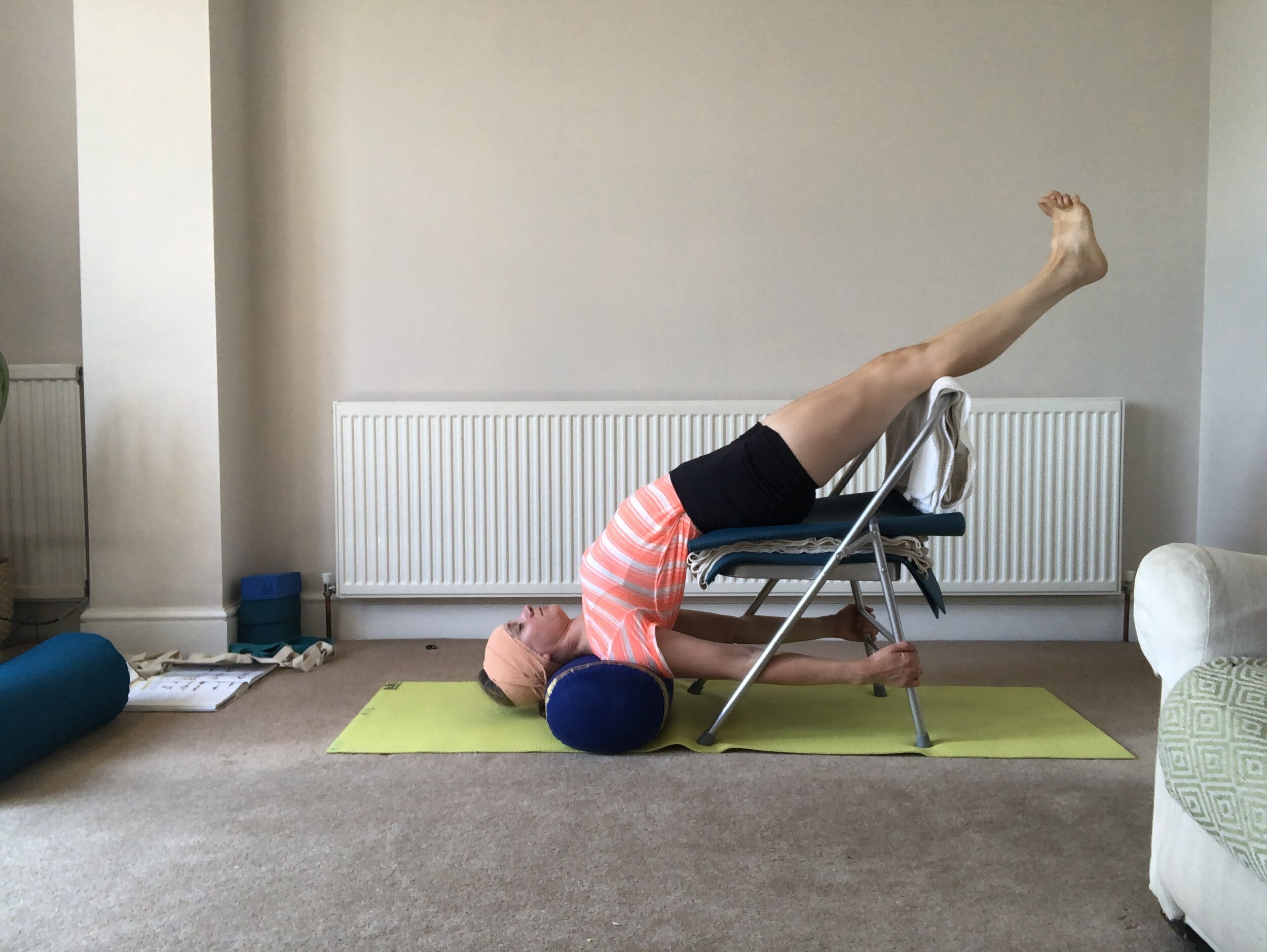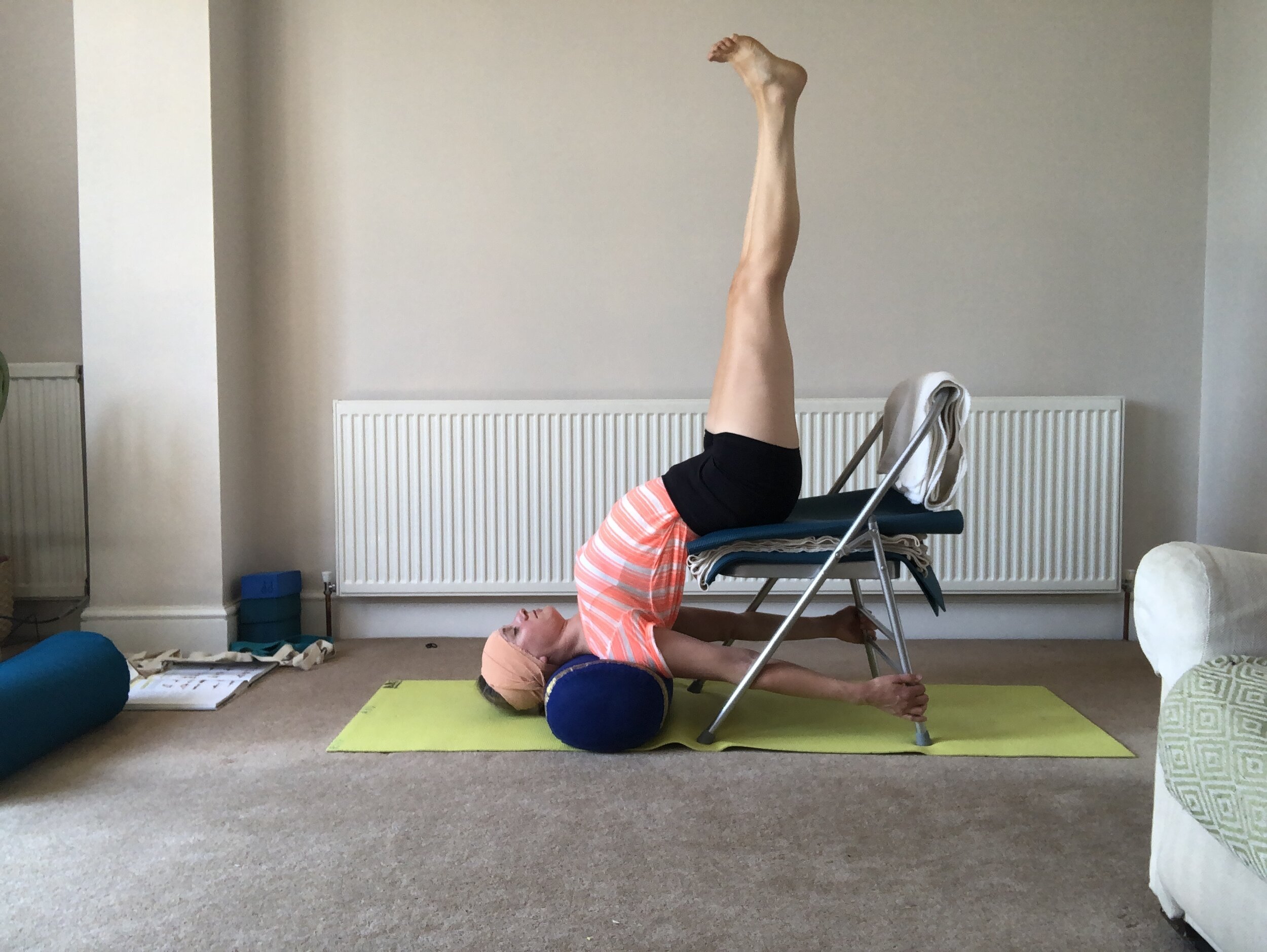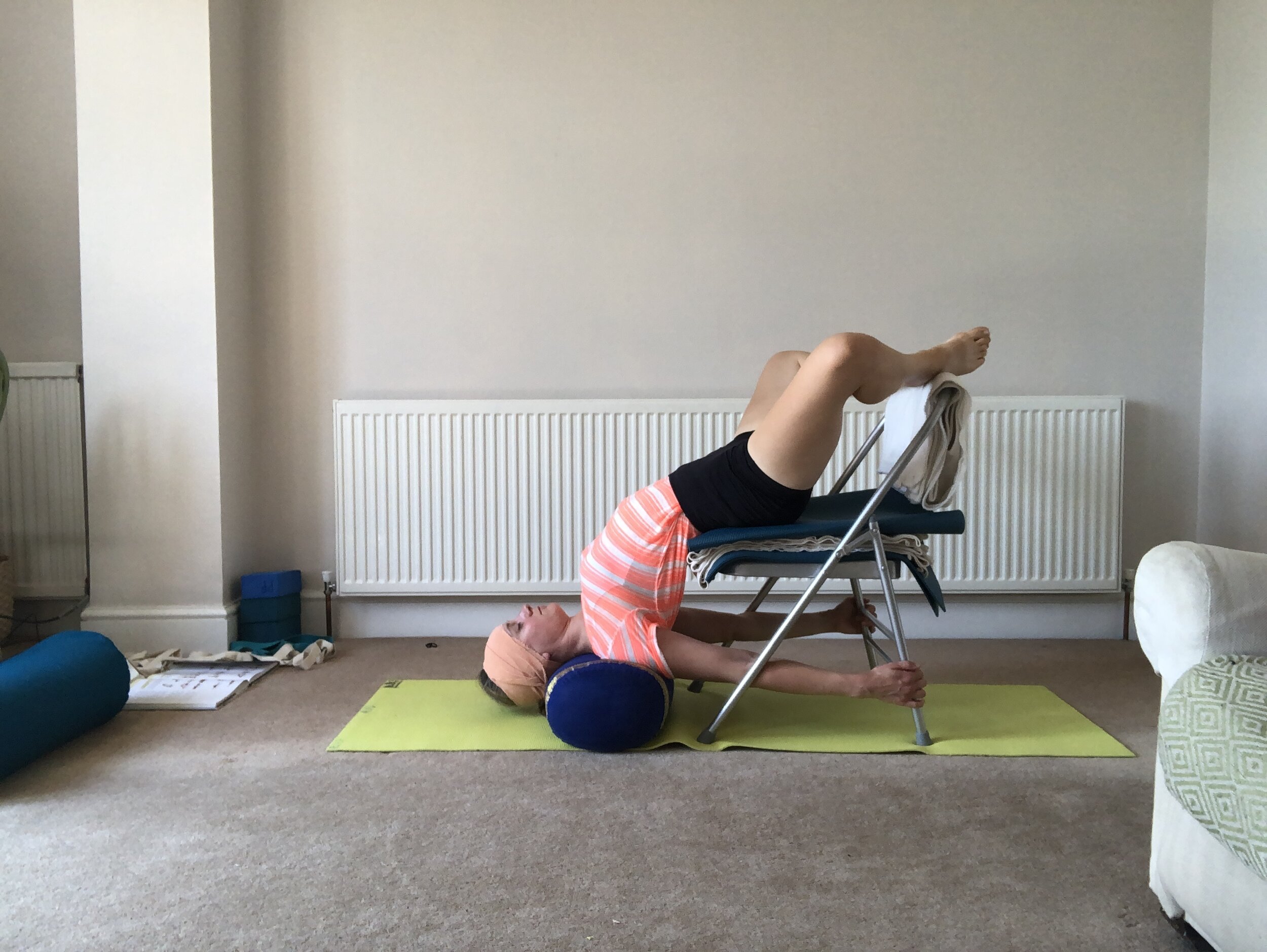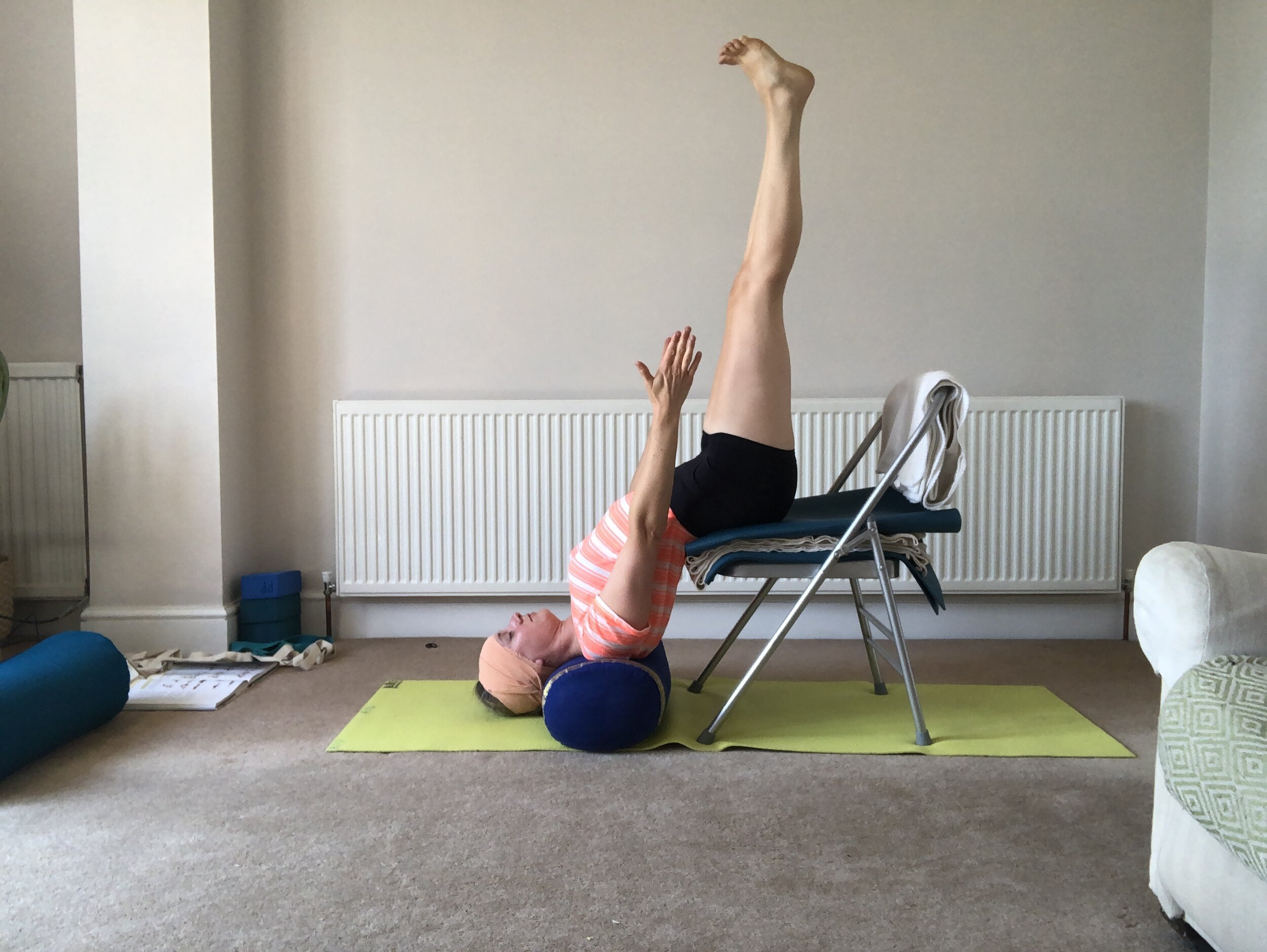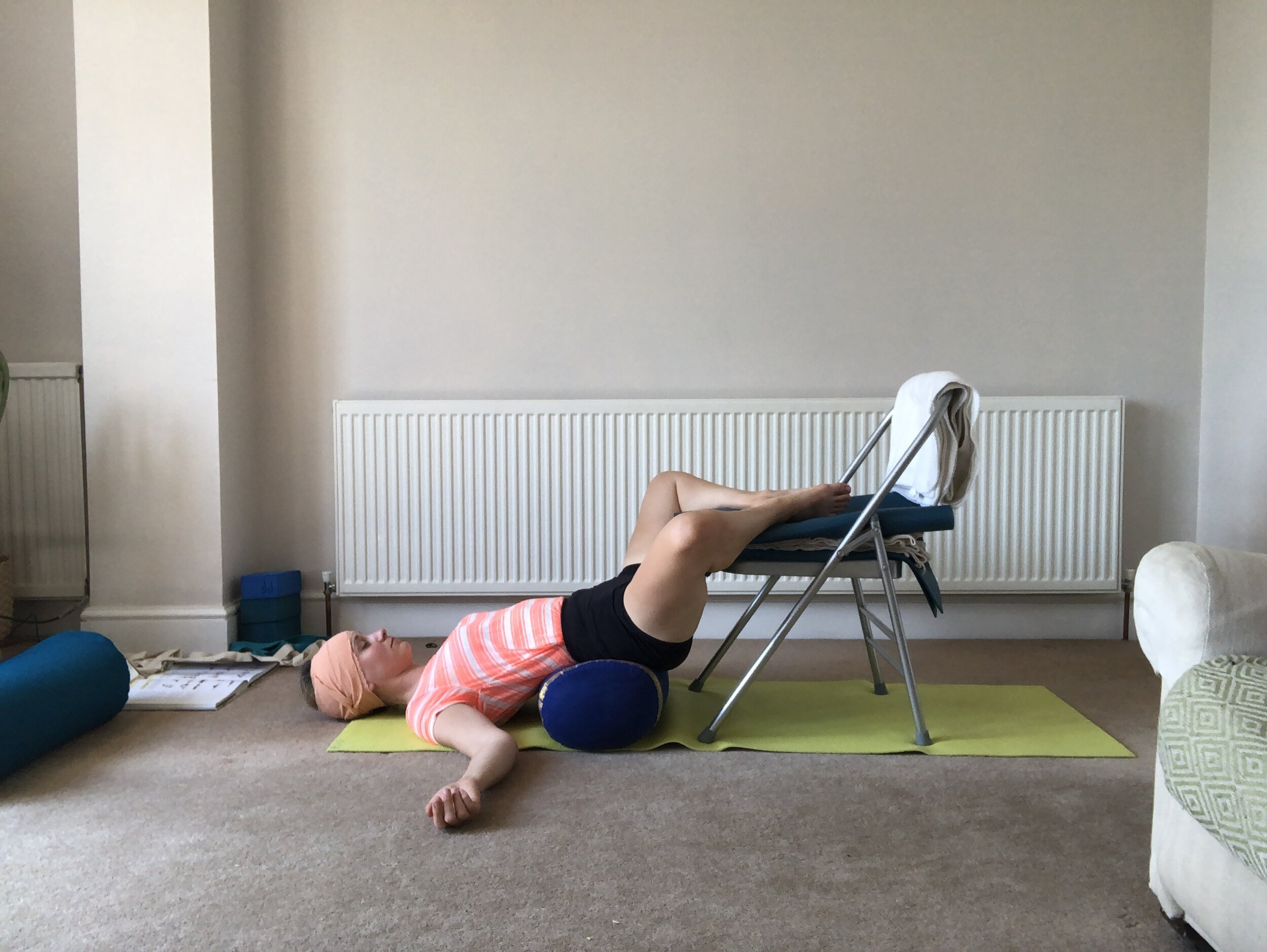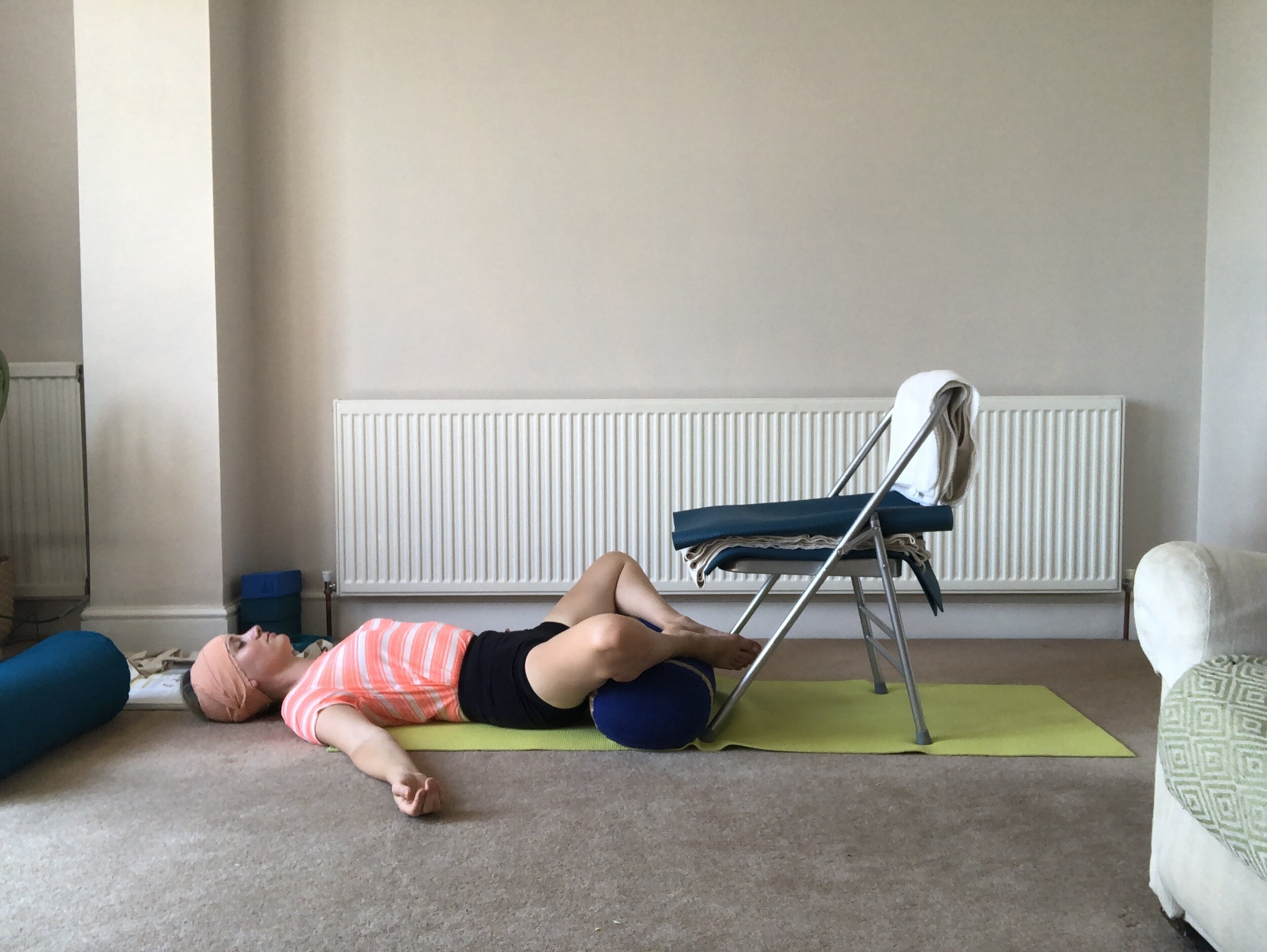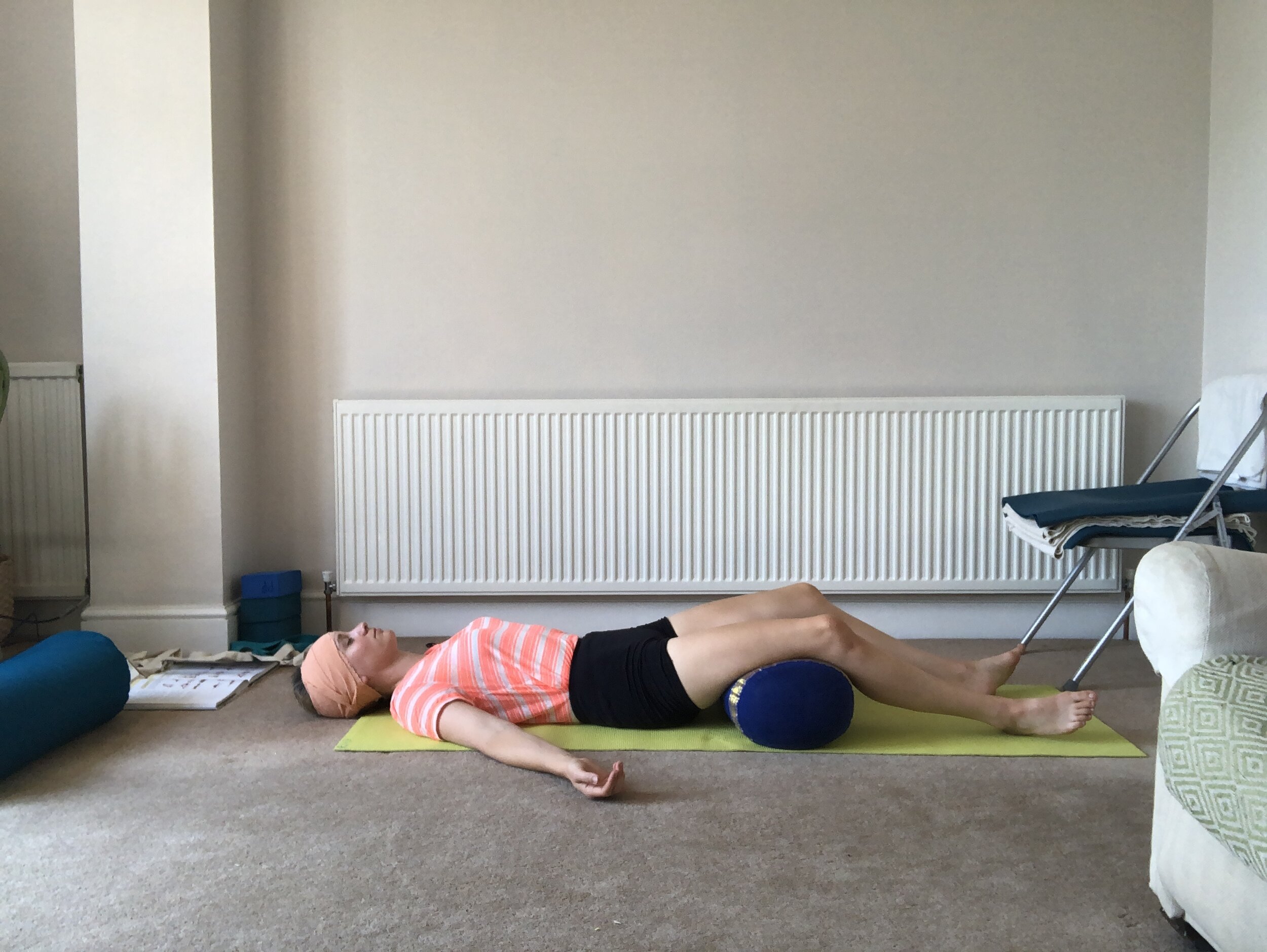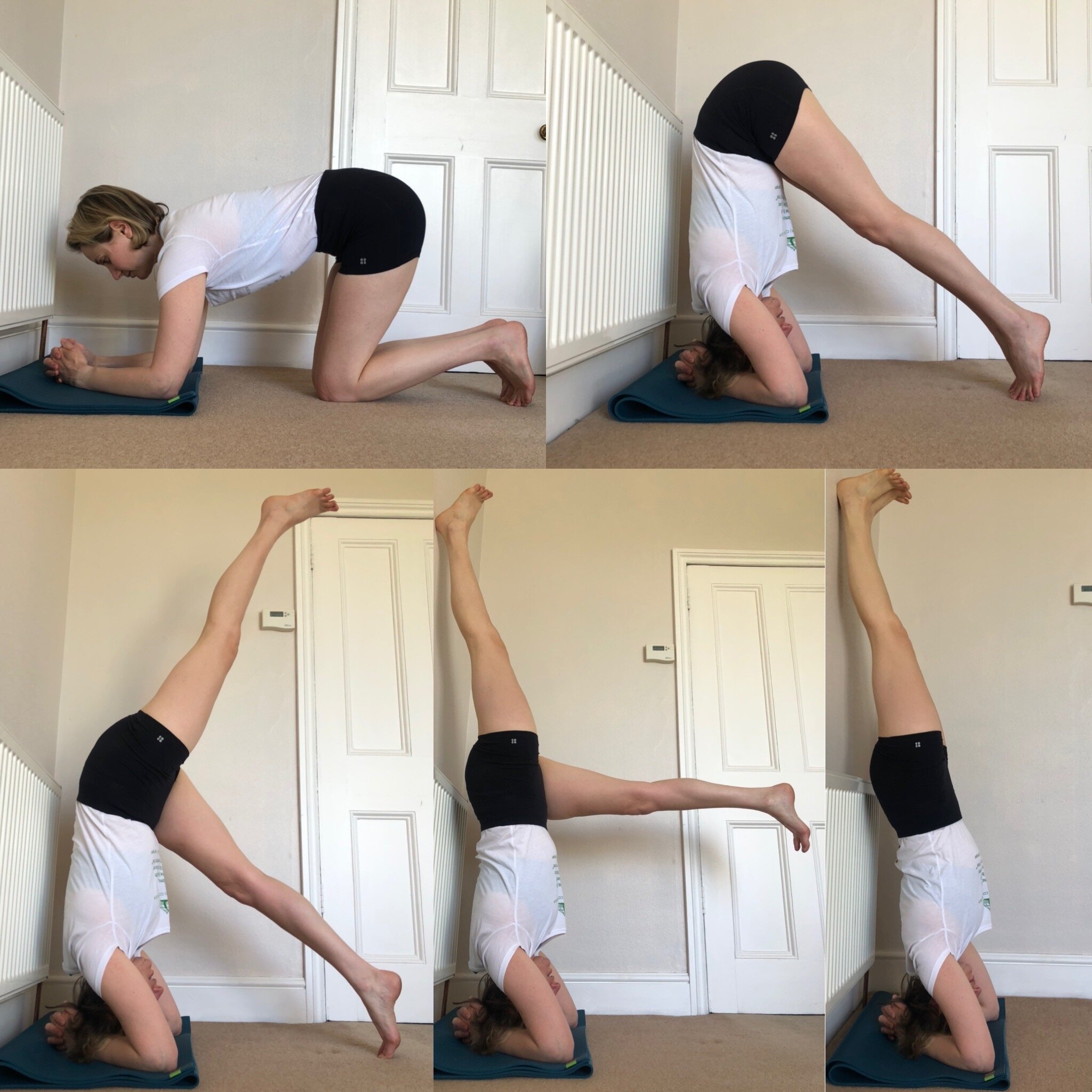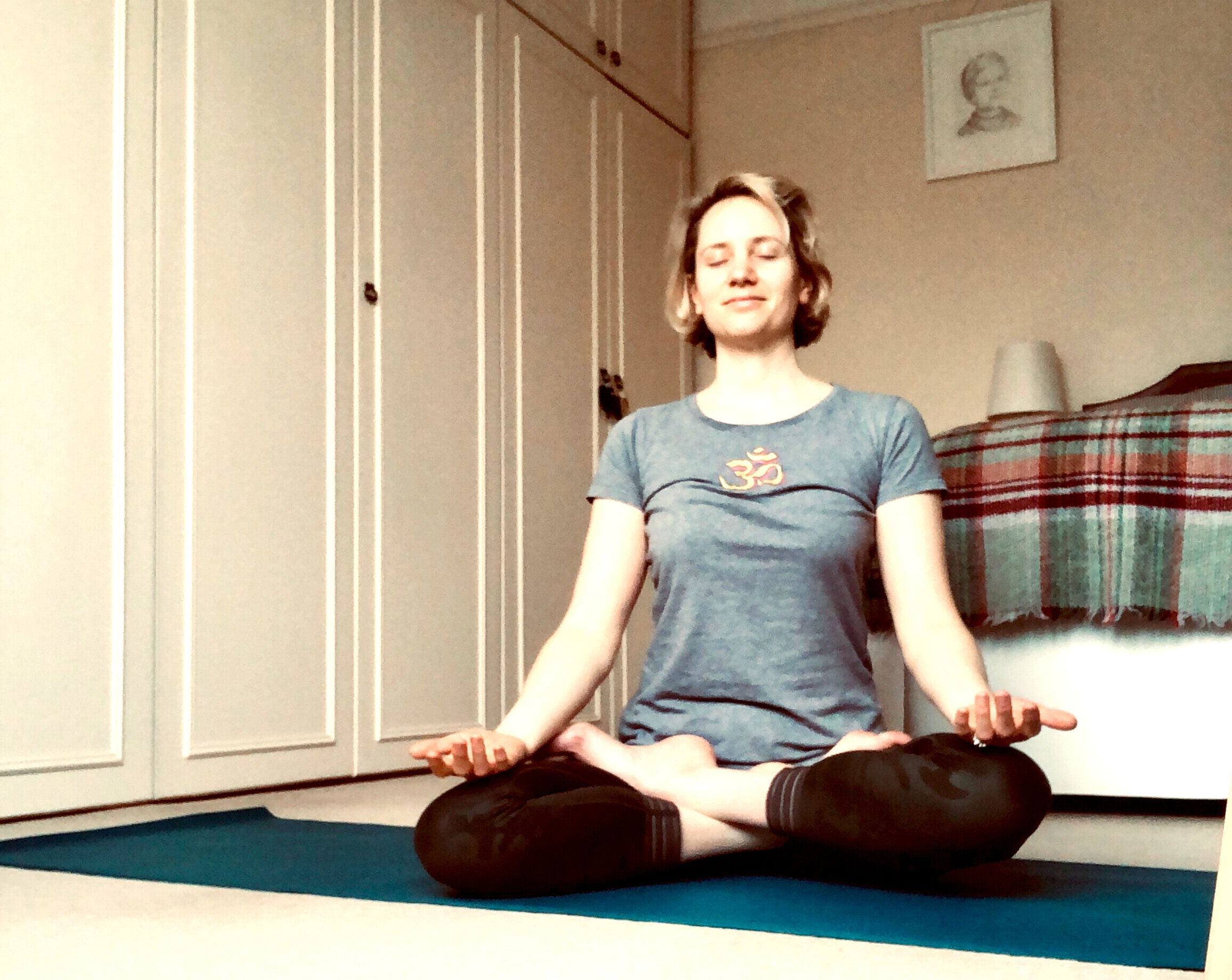Herbie exploring his new domain.
Our chocolate working cocker spaniel, Herbie, came home last week, and it’s been one of the steepest learning curves of my life.
Having never had a dog before I wasn’t quite prepared for the relentless nature of the task. It brought back all the old (long-buried) memories of having a toddler with all the crying, potty training, endlessly watching them (while they put stones/earth/leaves in the mouth) and the huge responsibility.
A couple of days in to the task my husband took over puppy duty while I did an online workshop. I have to say I have NEVER appreciated my yoga practice as much as I did for those few hours.
Every instruction seemed to make sense, every pose felt like a revelation, because I was so tuned in to just being present for the practice, and fully enjoying every moment.
How Yoga Teaches you Resilience
This year we have all been going through the life-changing impact of living through a pandemic, and all the loss, fear and uncertainty that comes with that.
For many of us the consistency of yoga – be it our weekly classes or our home practice, or both – has been a lifeline.
As BKS Iyengar says in his book Light on Life, “We cannot eliminate stress and tension from our lives.” The aim of yoga is not to get rid of stress, but to manage it. “In short, our aim is to be able to deal with stress as and when it arises, and not to imprint and accumulate it in the body’s various systems”.
The stress of having a new furry bundle to be responsible for is real! But this is what all the practice has been for – now it all makes sense.
How to Fit in Practice
The introduction of Herbie into my life has firstly made me realise how much time I had before he arrived, but also made me appreciate how precious time is. When I have a window of time I can choose to sit and watch TV, put another wash on, scrabble to get some work done, or do a yoga practice.
I know which one makes me feel restored and able to face the rest of the day on high alert!
But there are other ways to practice yoga even when finding time for a physical practice seems impossible.
At the moment I’m starting with breath awareness. Just taking a moment to observe the breath as we do at the start of any pranayama session gives me a good indication of where my stress levels are. If it feels very high and tight I can gently lengthen the exhalation breath to move out of fight or flight mode (which is currently Herbie’s main mode too).
Time efficient Mudras
Mudras are hand gestures which also help to channel the flow of prana. We don’t often use them in yoga lessons, but you might be familiar with Jnana Mudra which we practice in Siddhasana (Sage pose).
At the moment I’m finding Garuda Mudra (Eagle Gesture) extremely helpful. This mudra balances energy levels and is useful in stressful situations when your breath is restricted.
Coming into a sitting or standing position raise both hands to your chest and cross your wrists with your palms facing your body. Interlock your thumbs and spread your fingers wide apart.
A variation that is great for rebalancing the nervous system is to curl the fingers in towards the chest on an exhalation and then spread them out wide on the inhalation.






